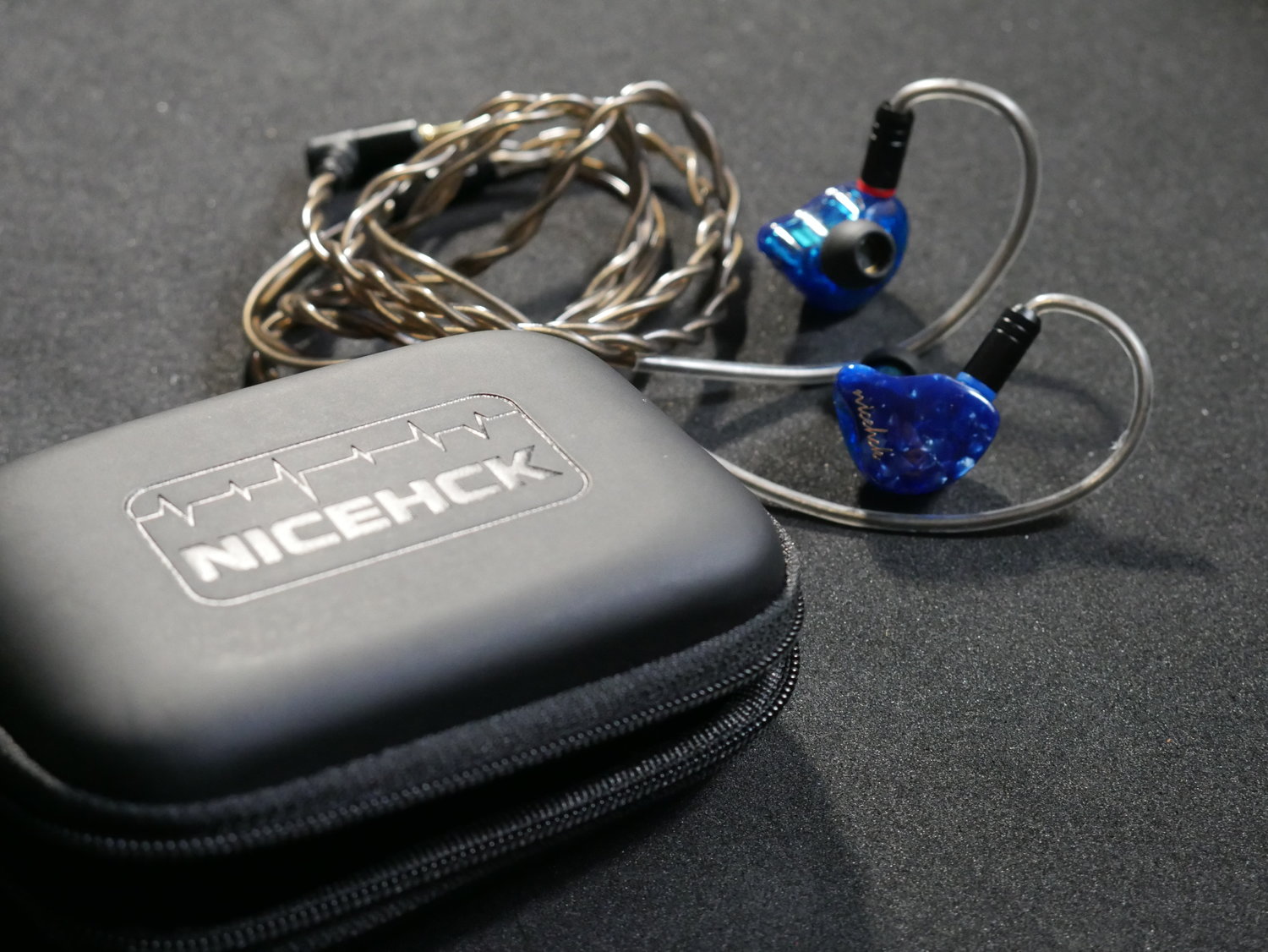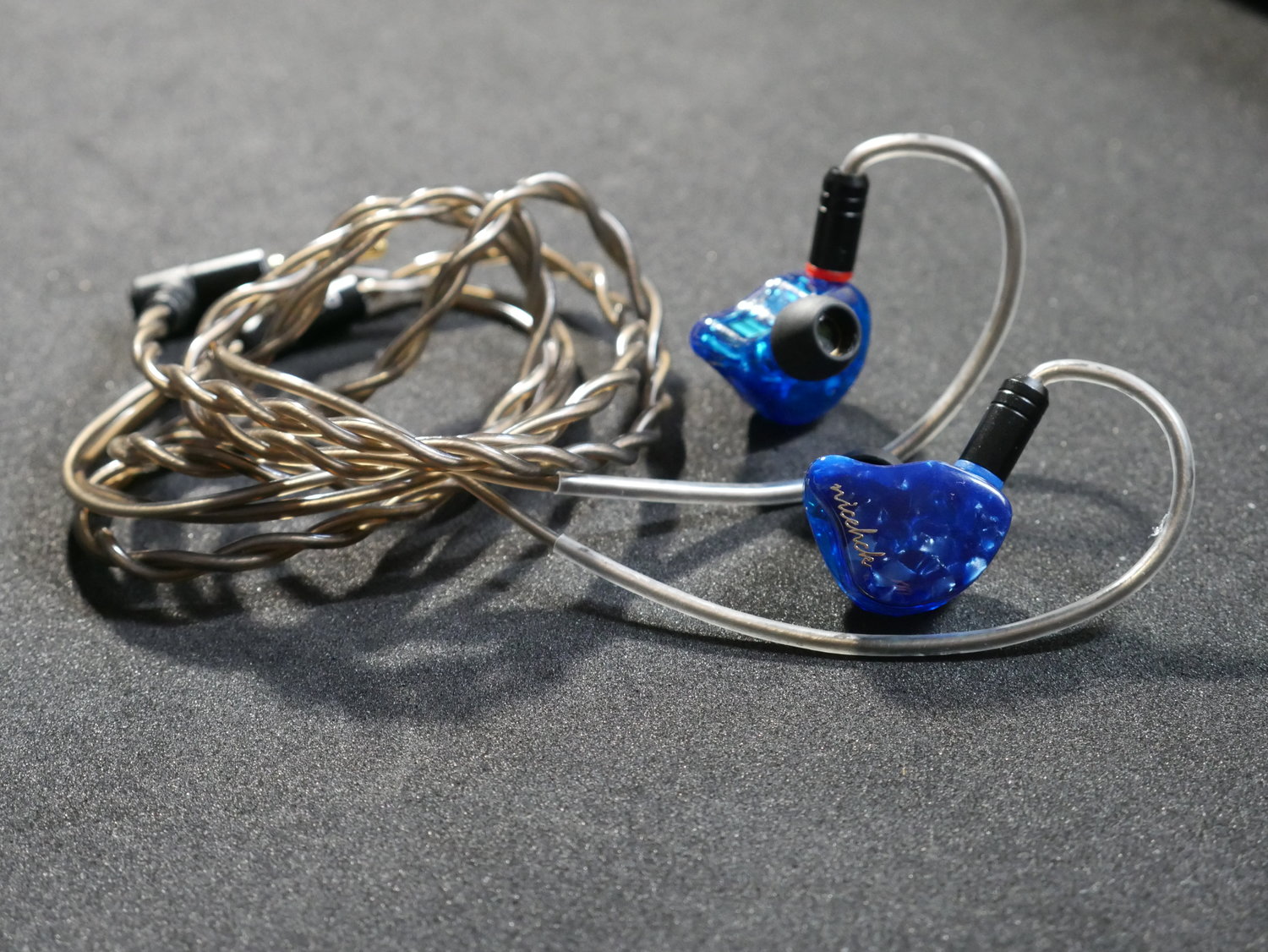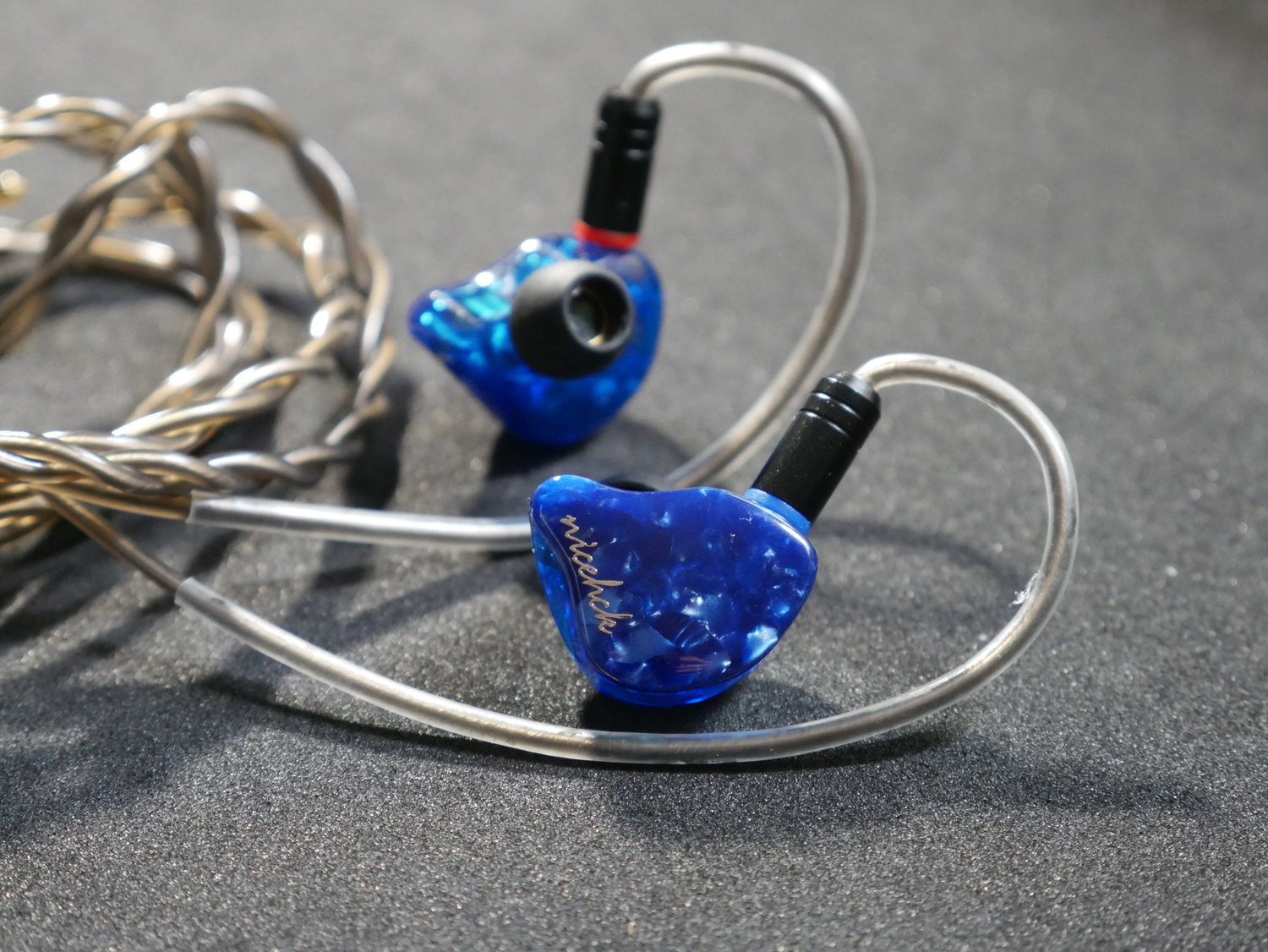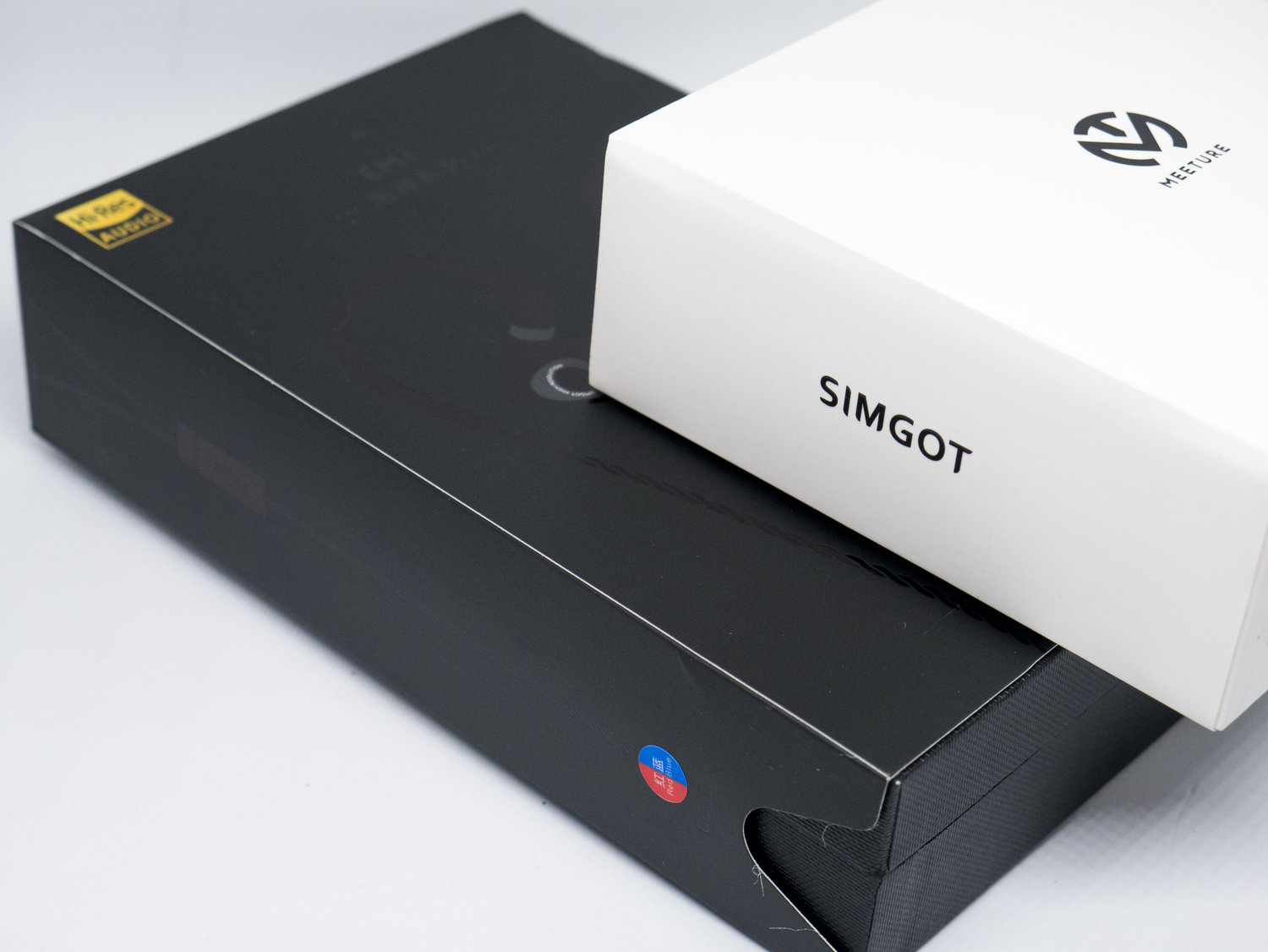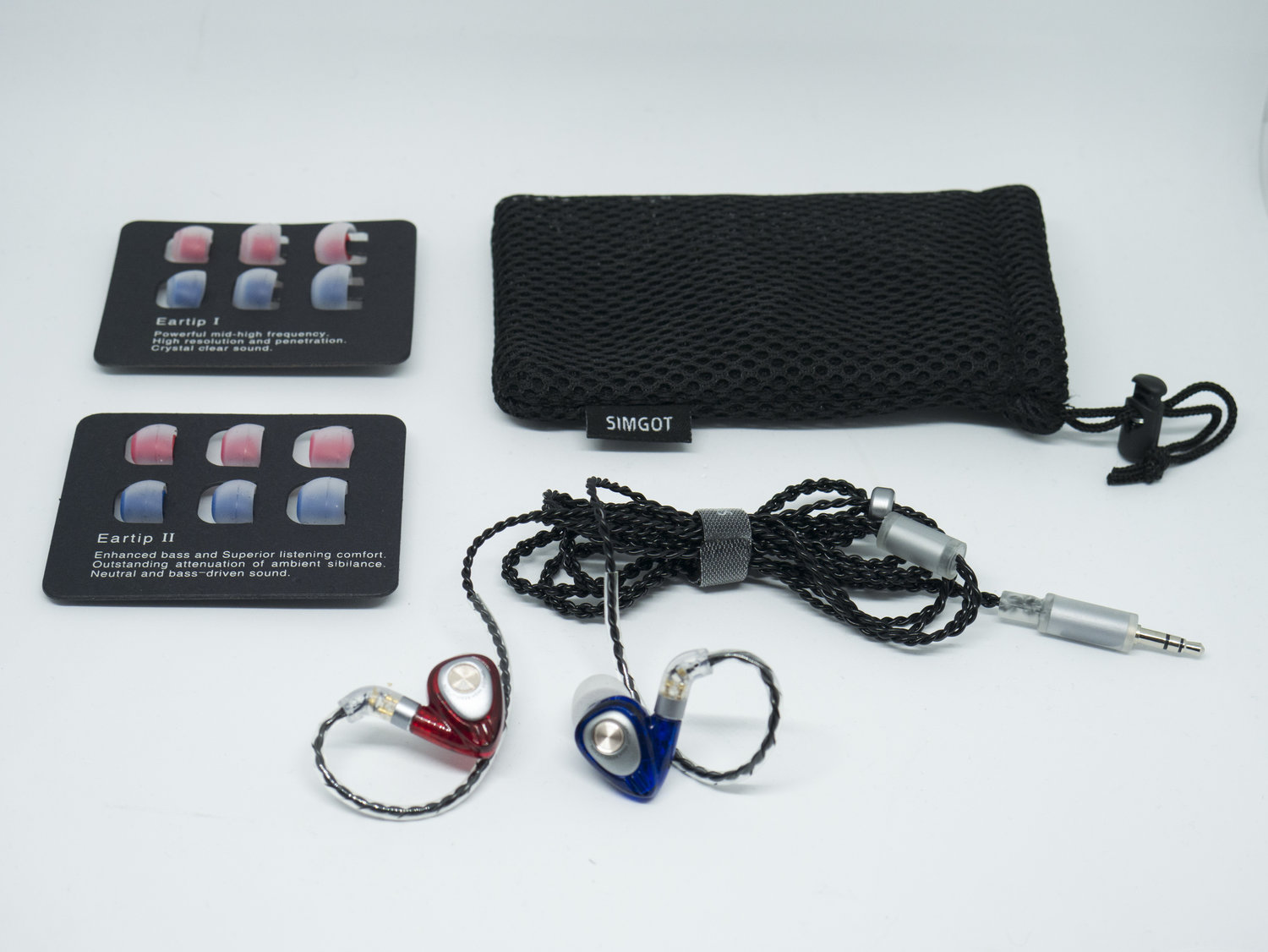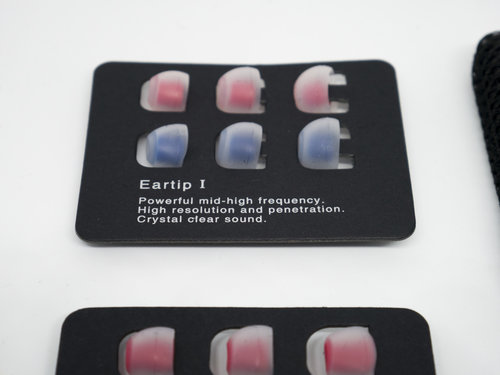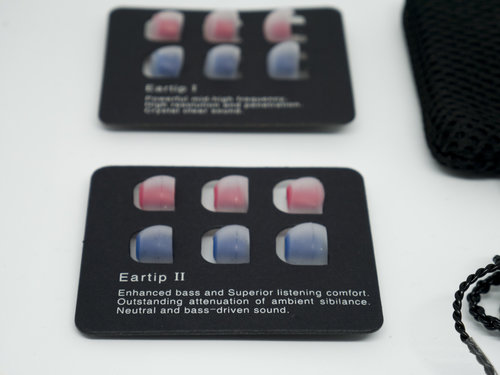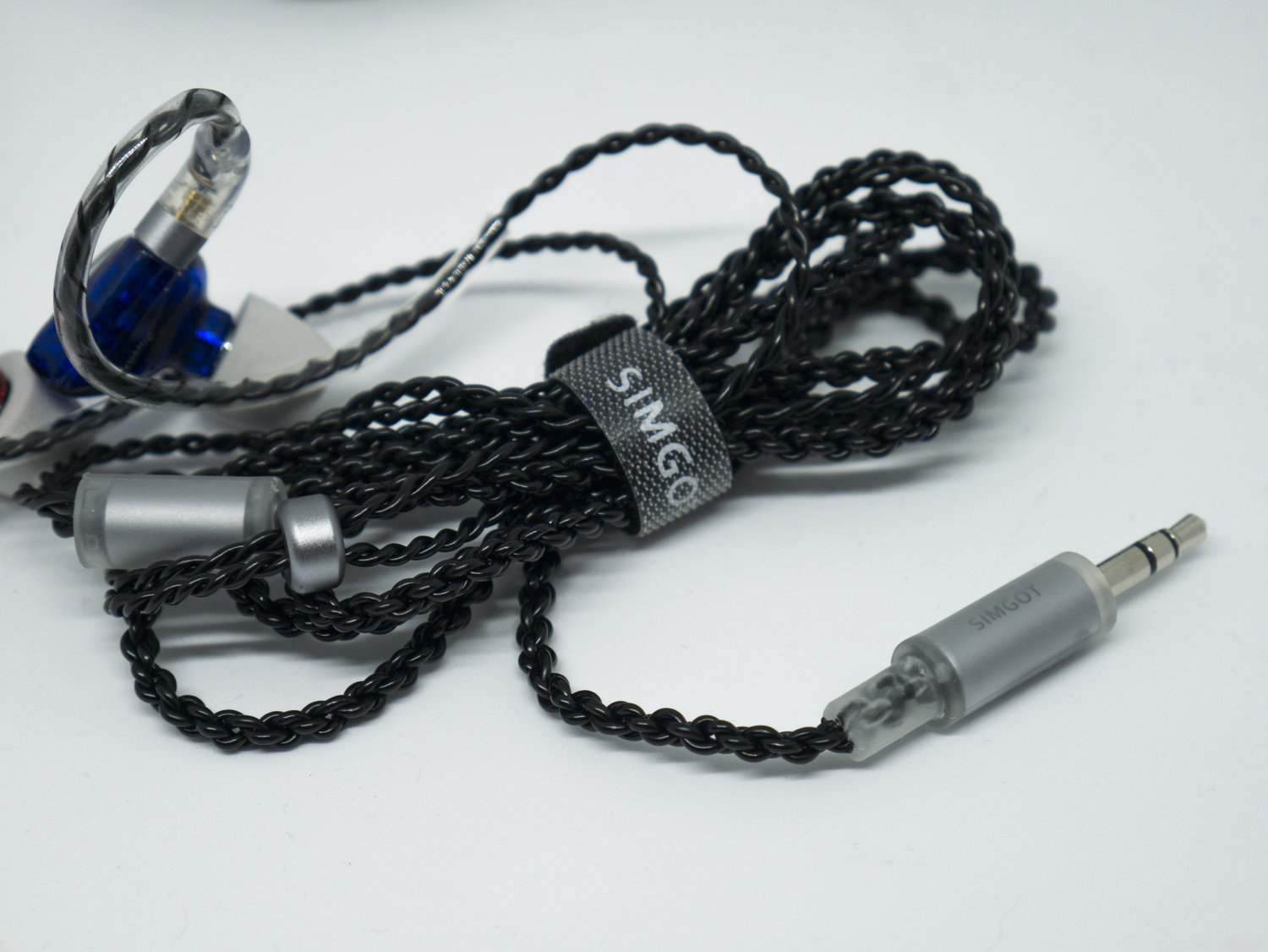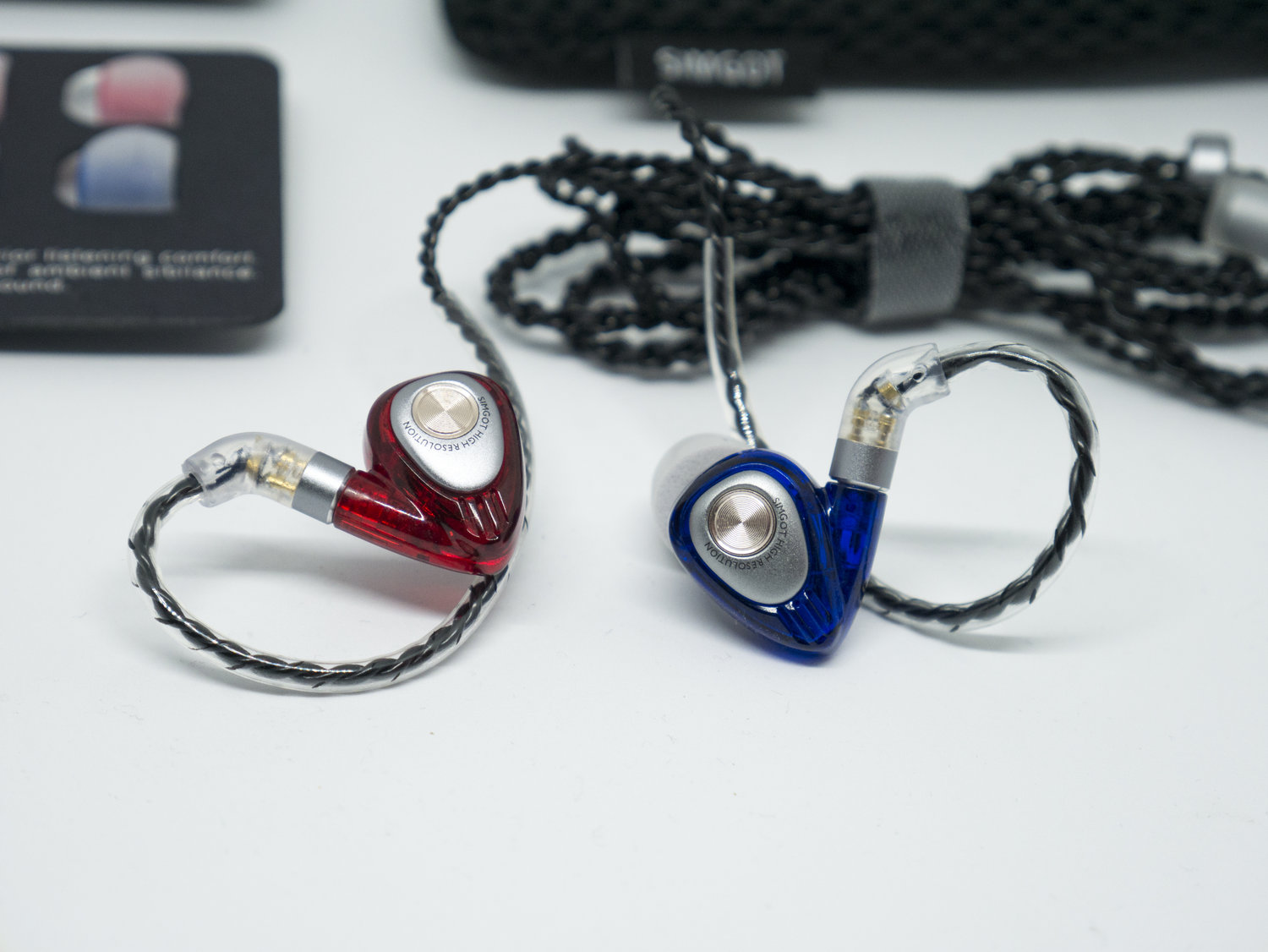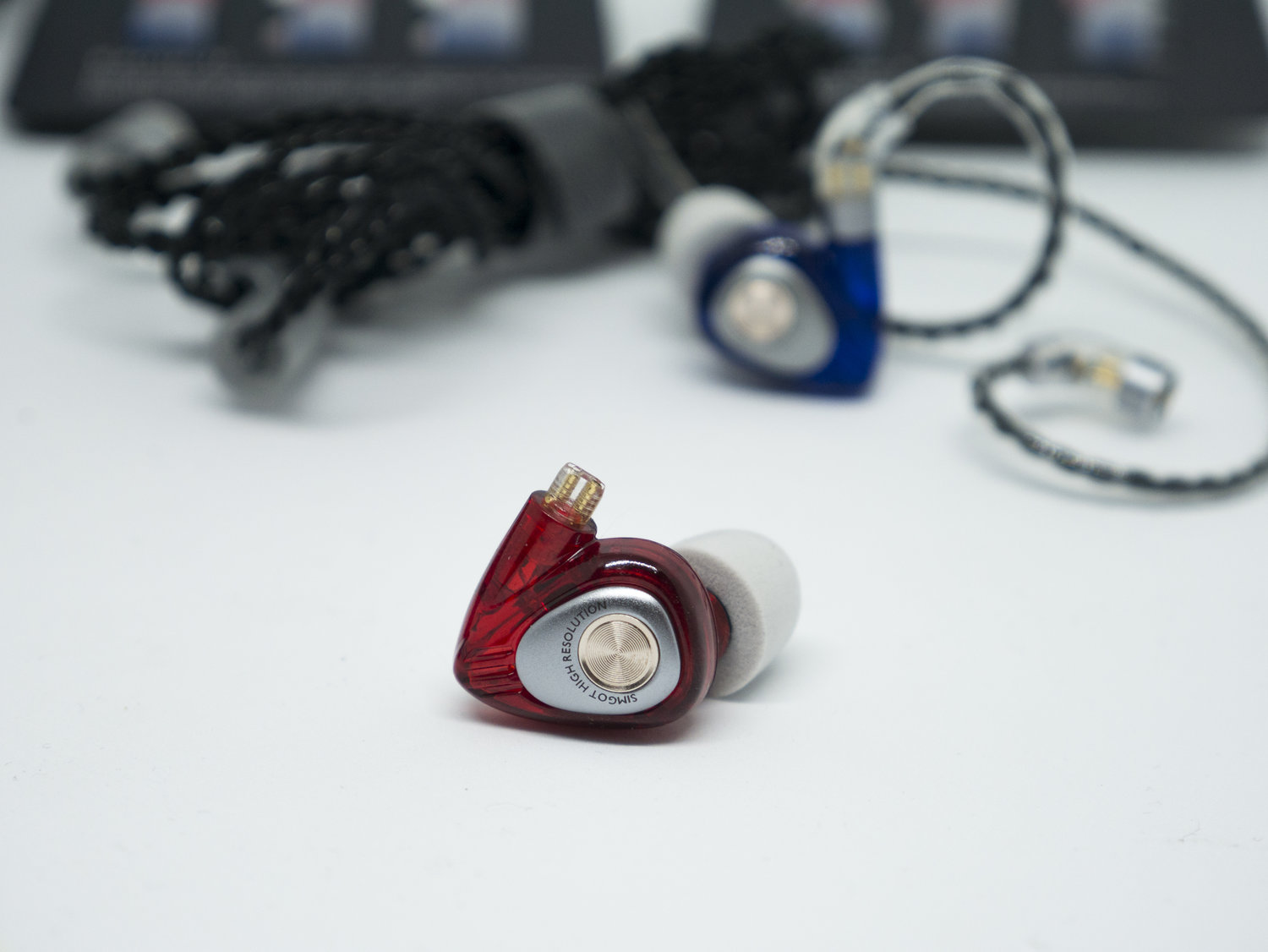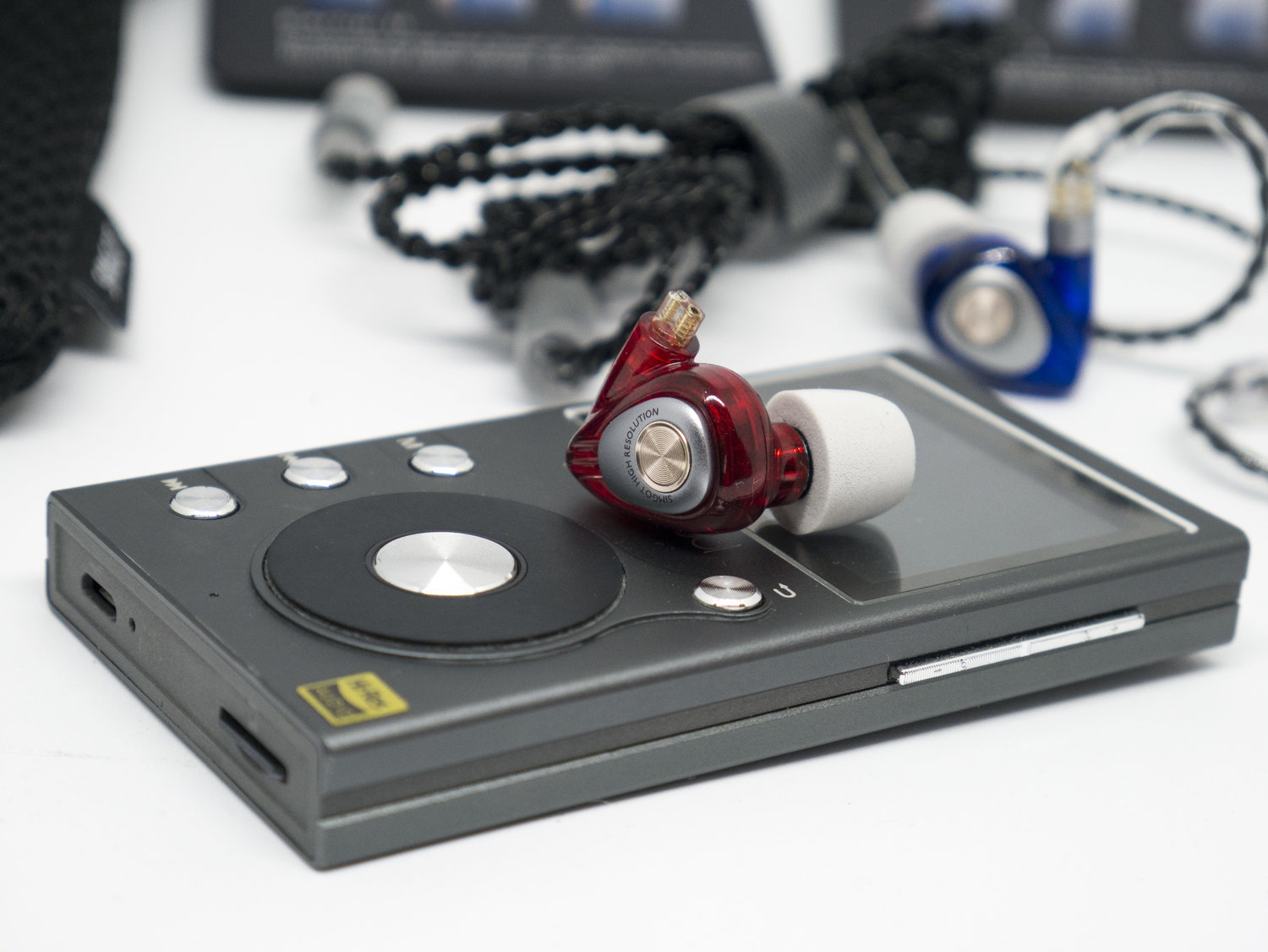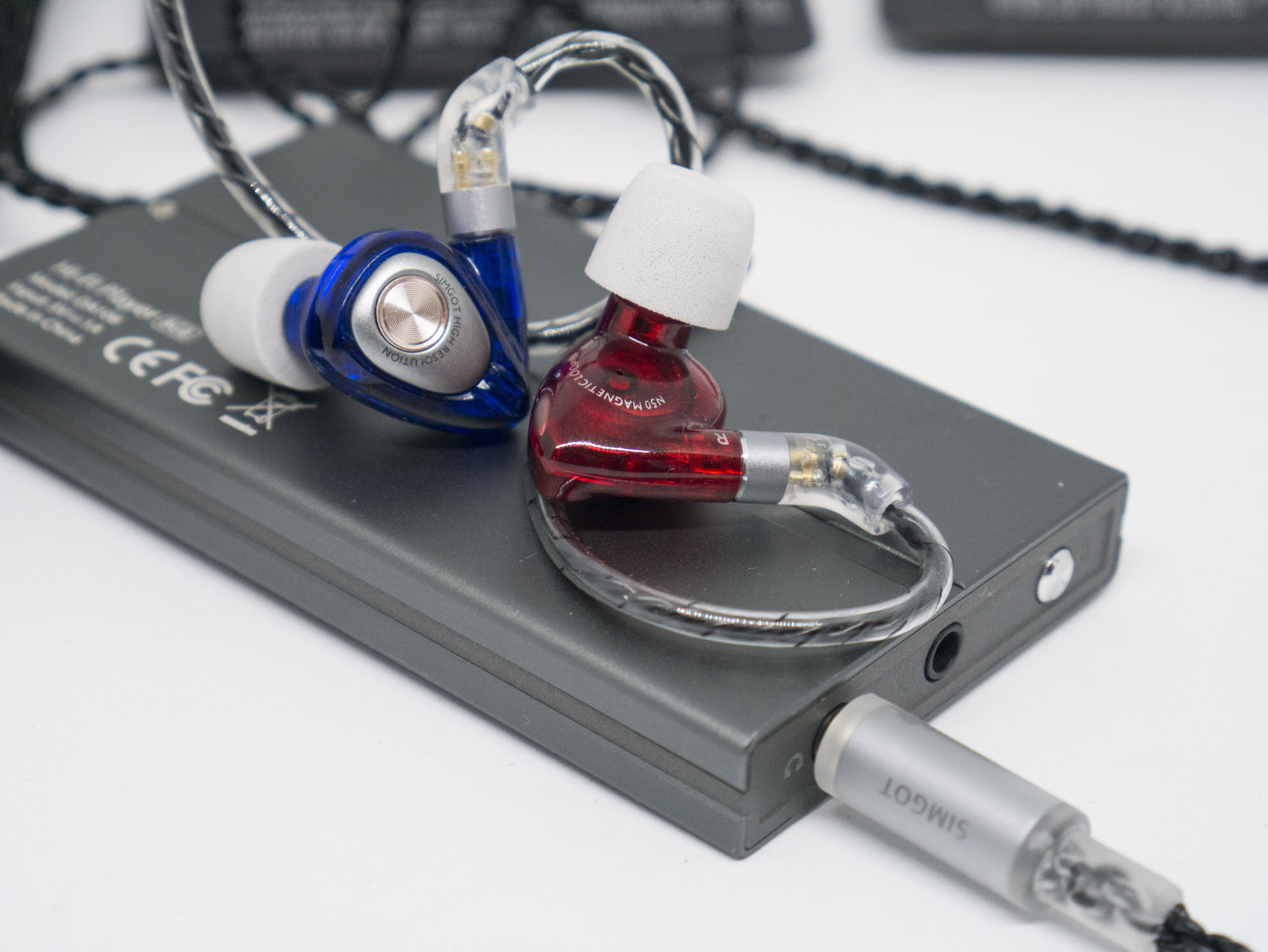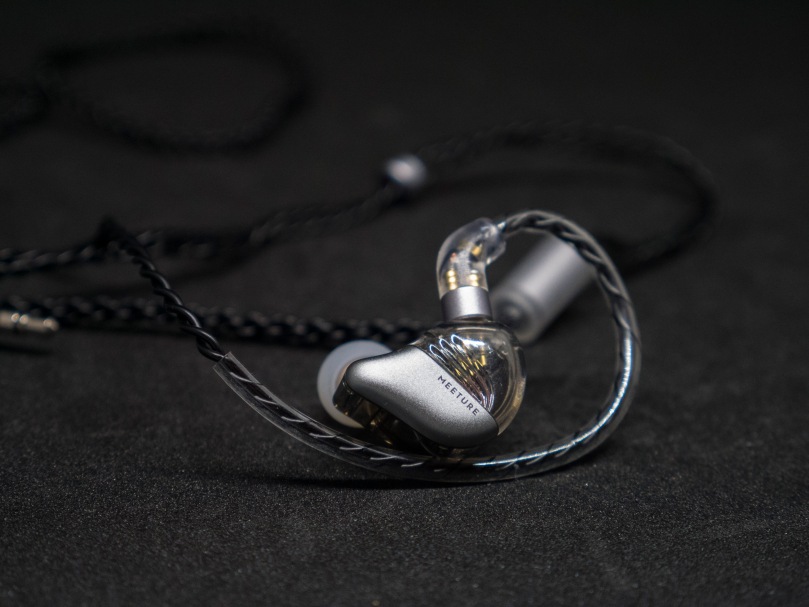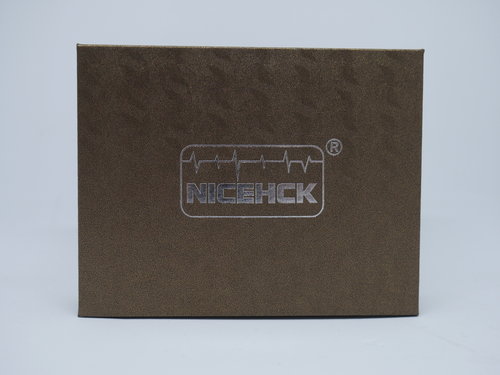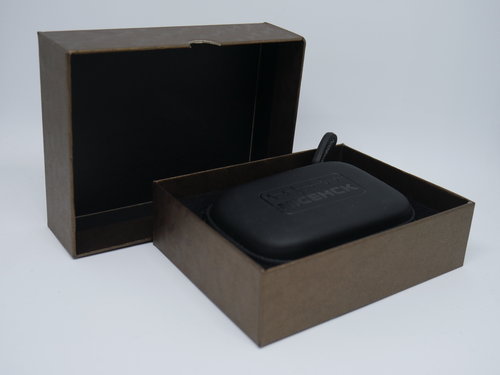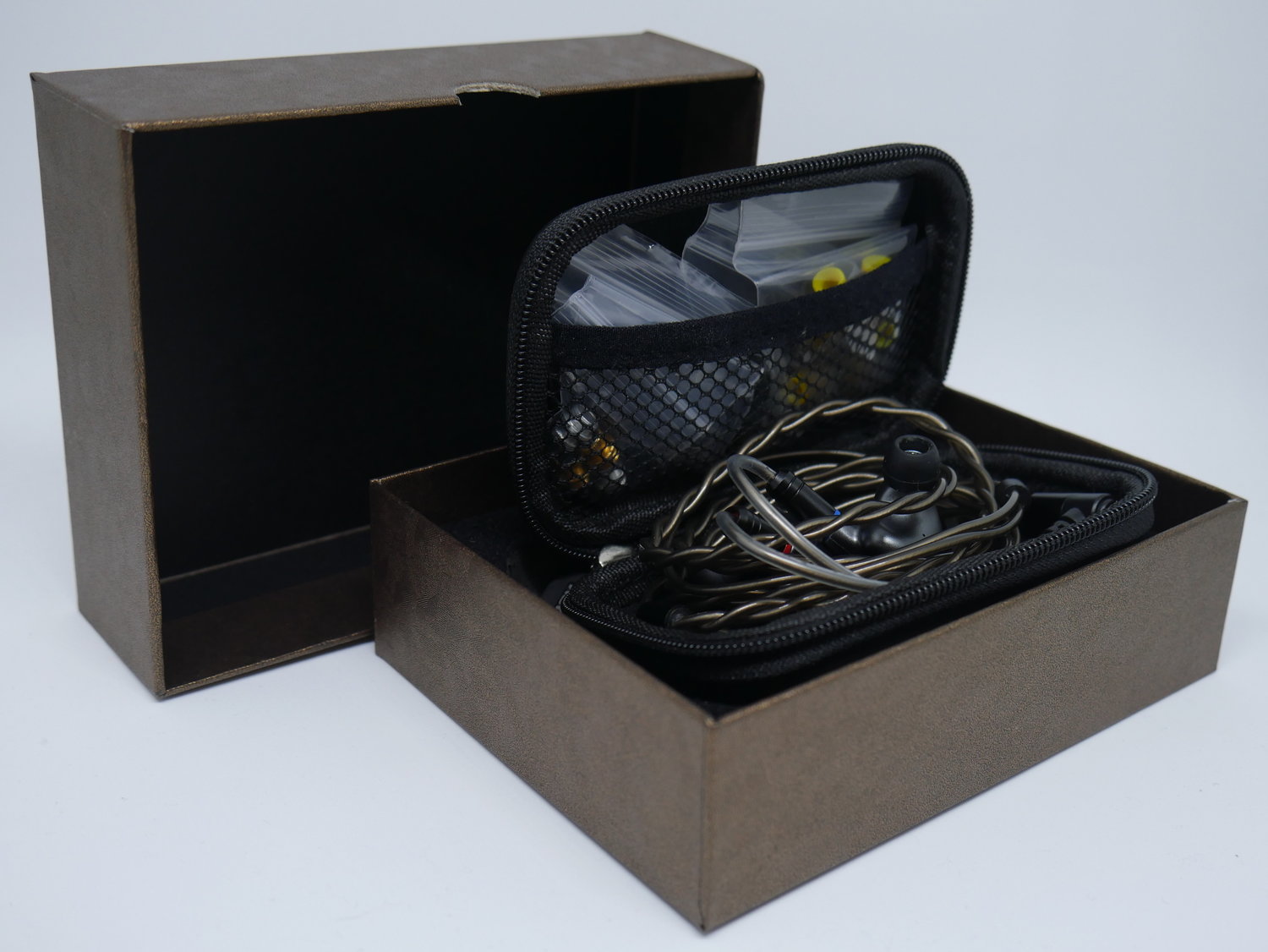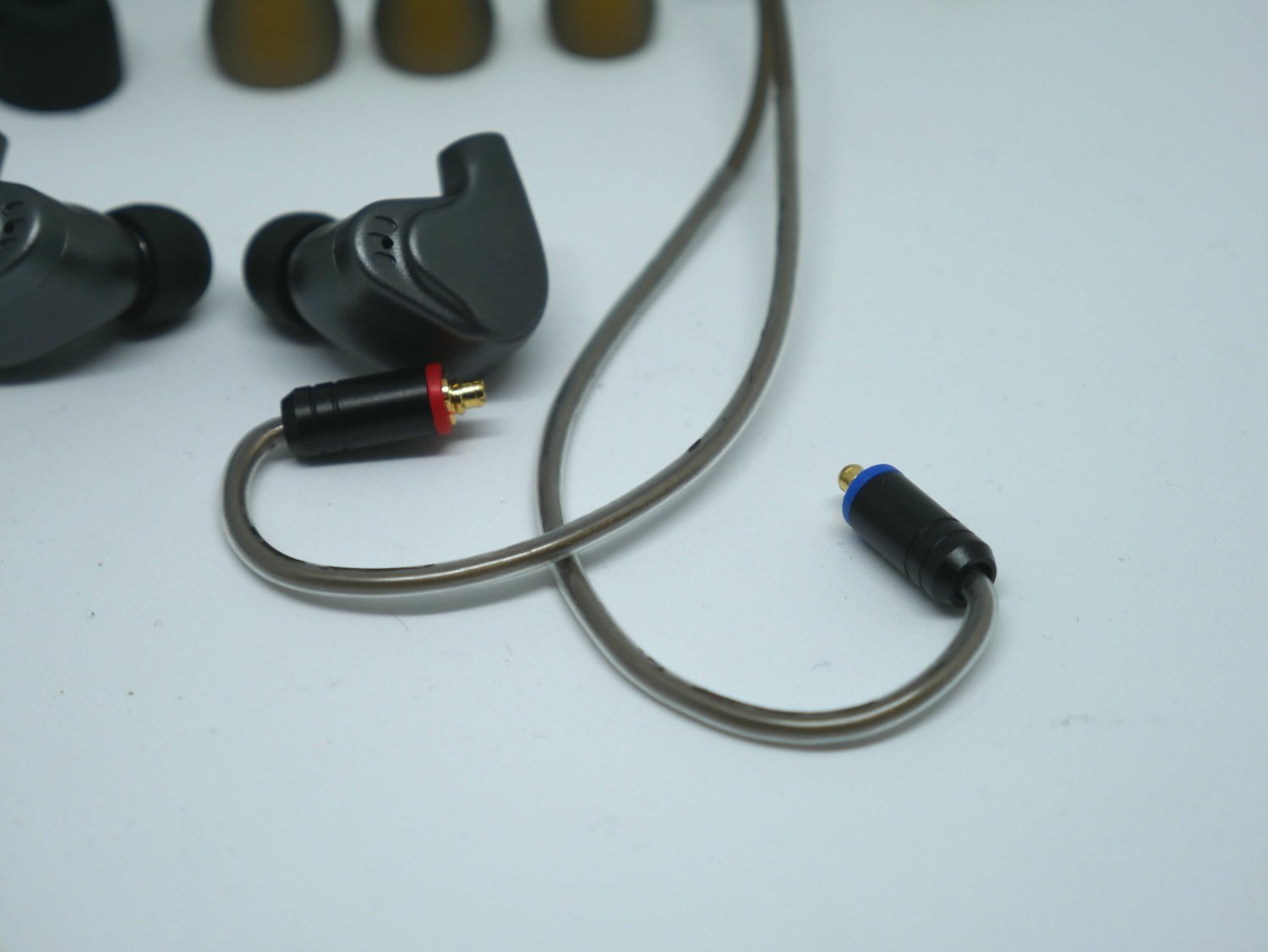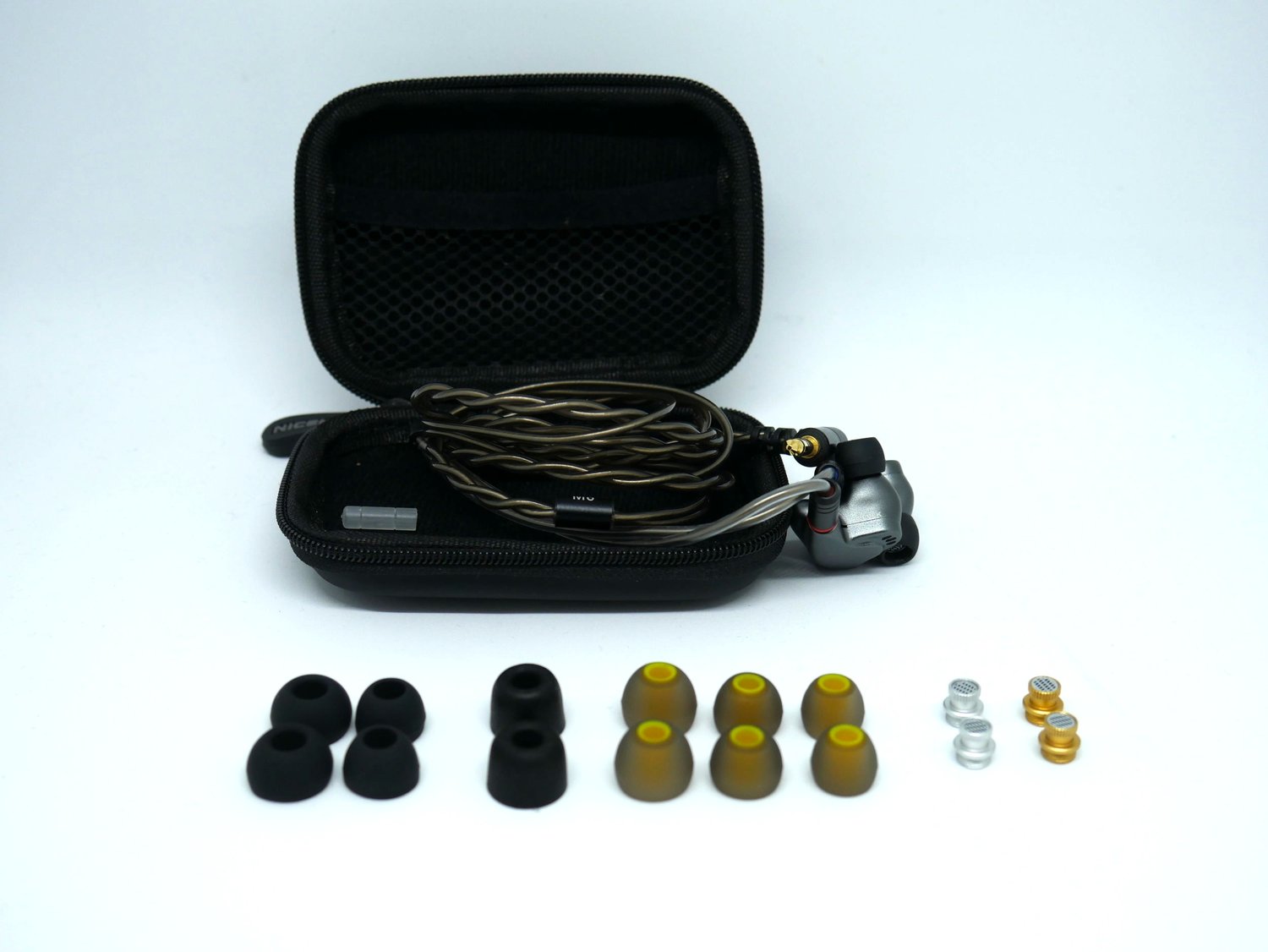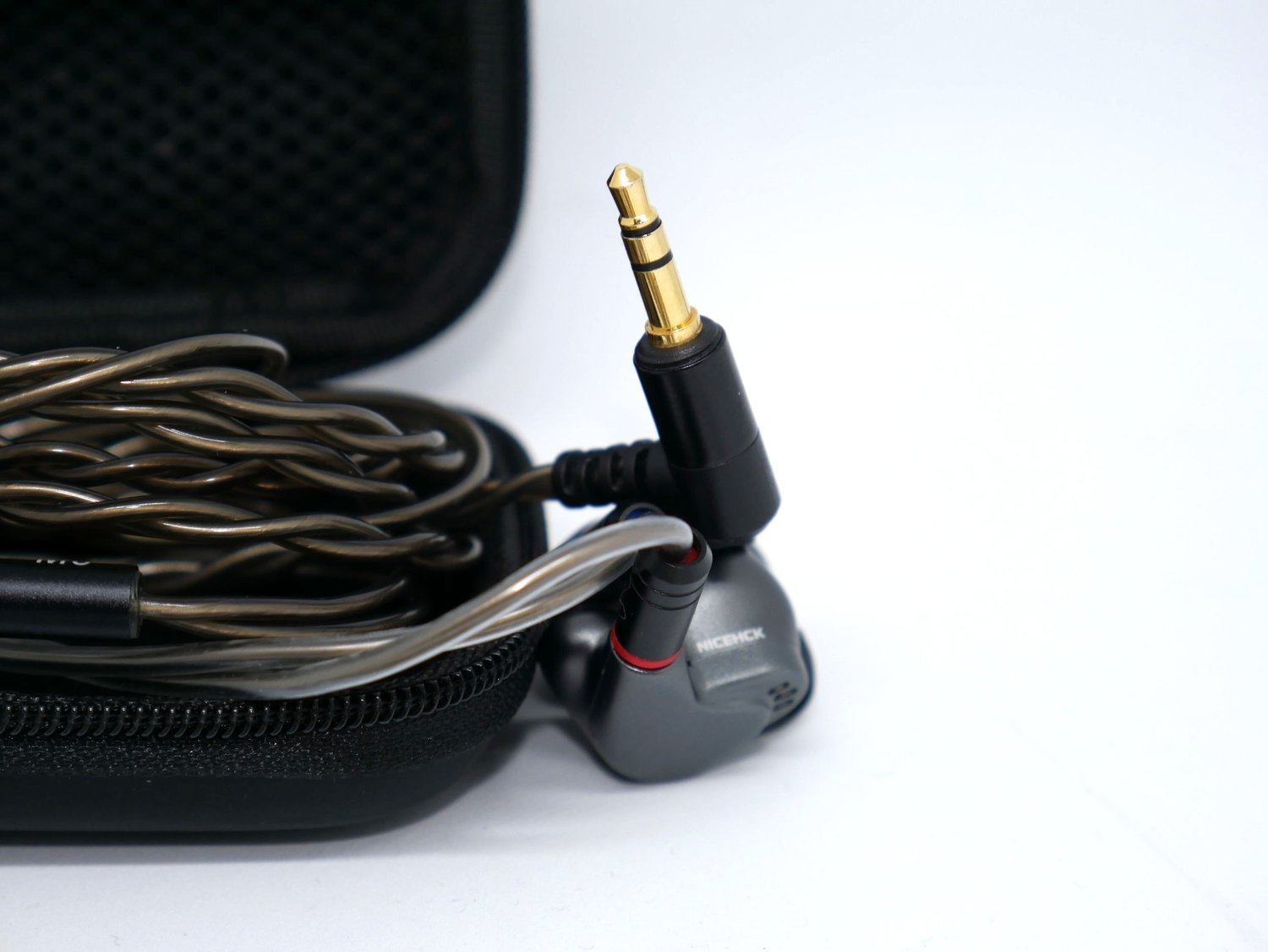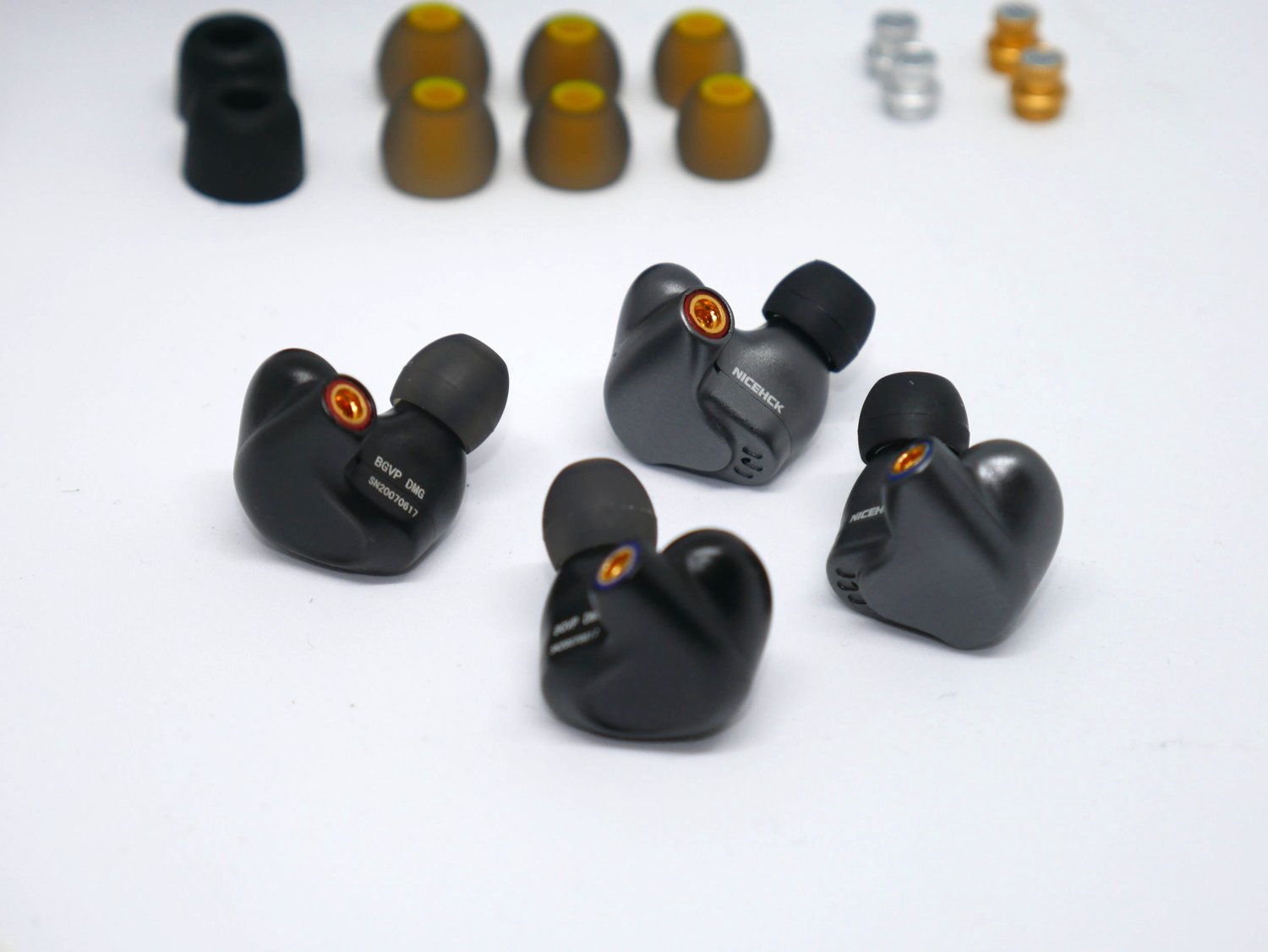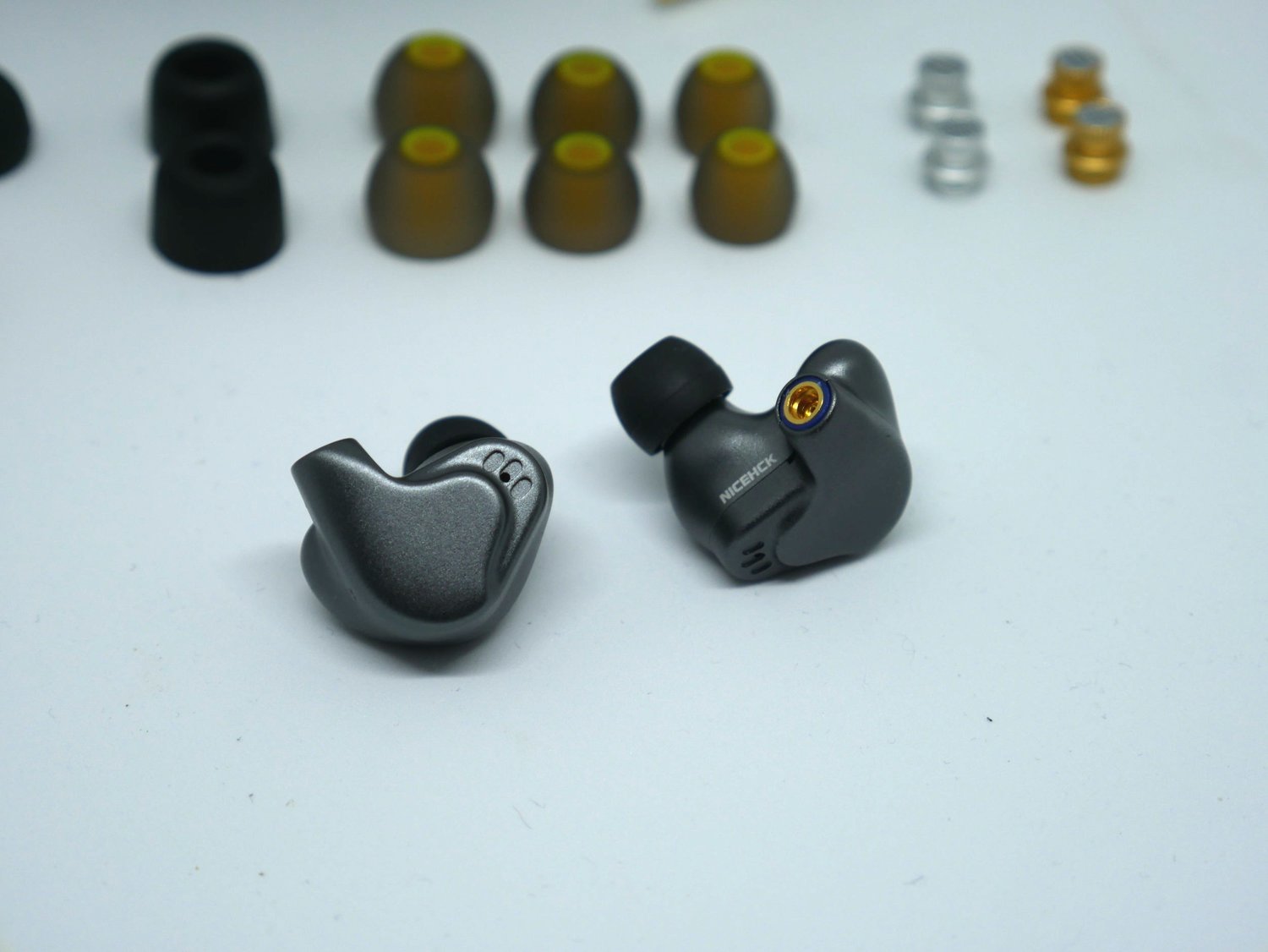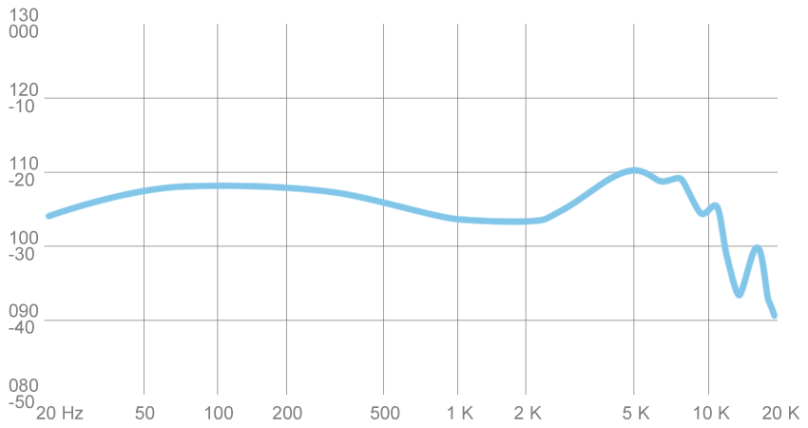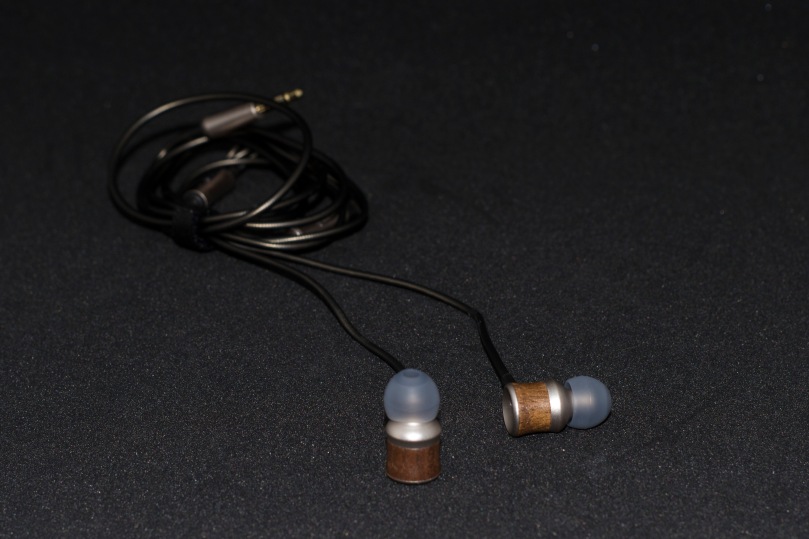Price: 110$
Where to buy: https://www.xtenik.com/product/xduoo-xp-2/
Specifications (from Xtenik):

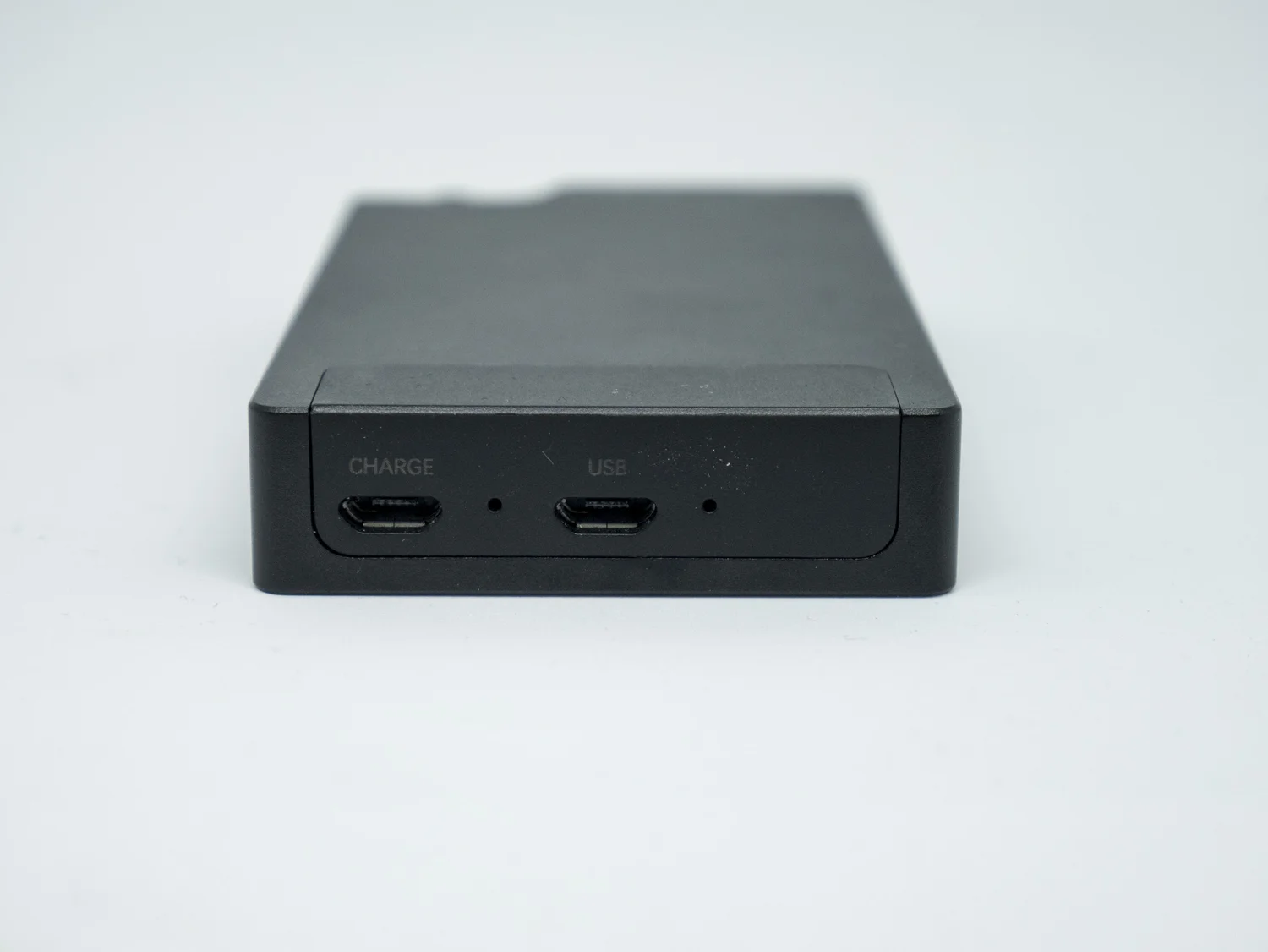
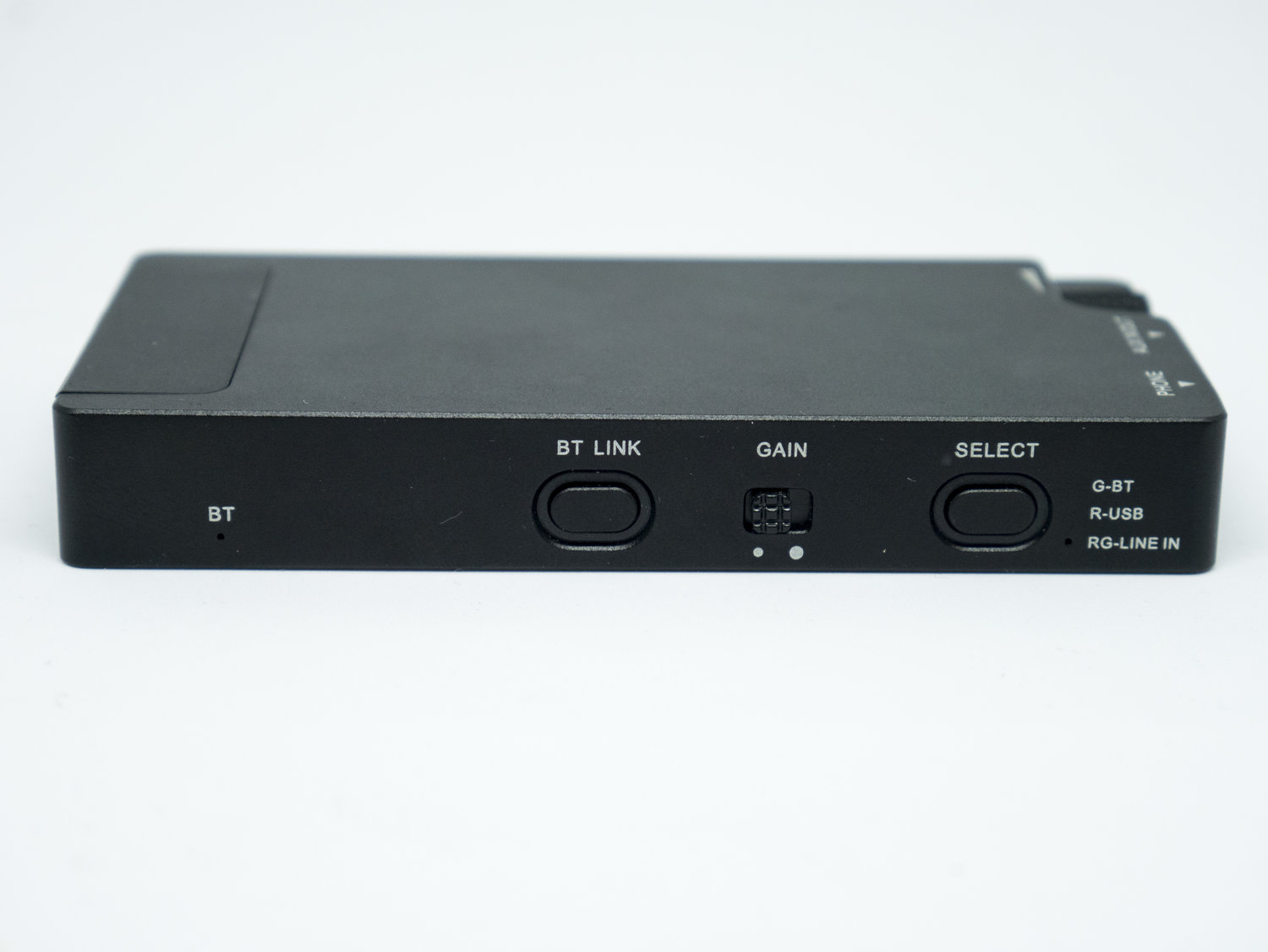
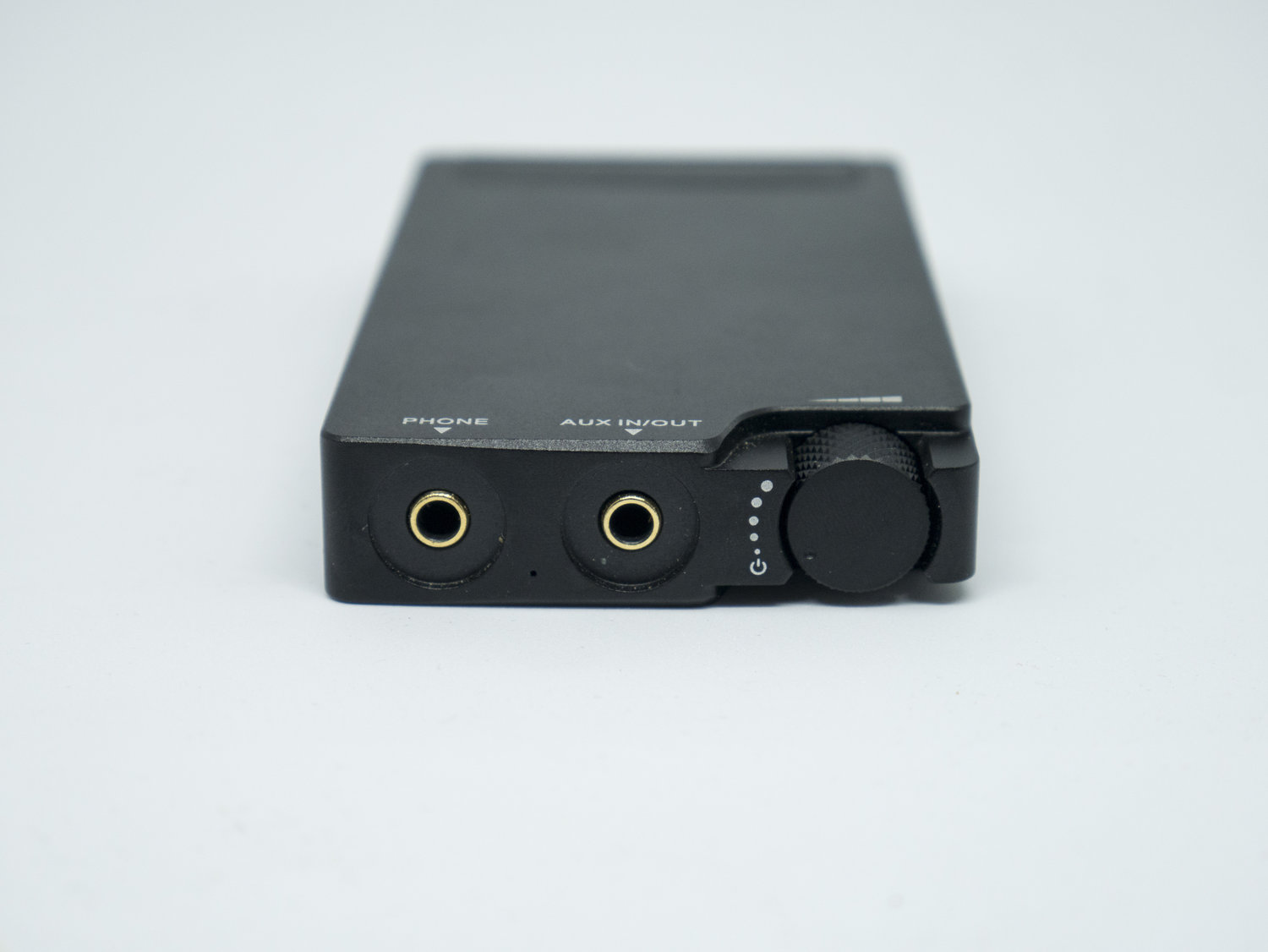
Thanks to Xtenik (official XDUOO distributor) for providing this review sample.
This same review can be found here: https://www.techinblack.it/audio1/2019/9/7/xduoo-xp-2-review
Unboxing
A white box contains a cardboard black one, with all the stuff inside:
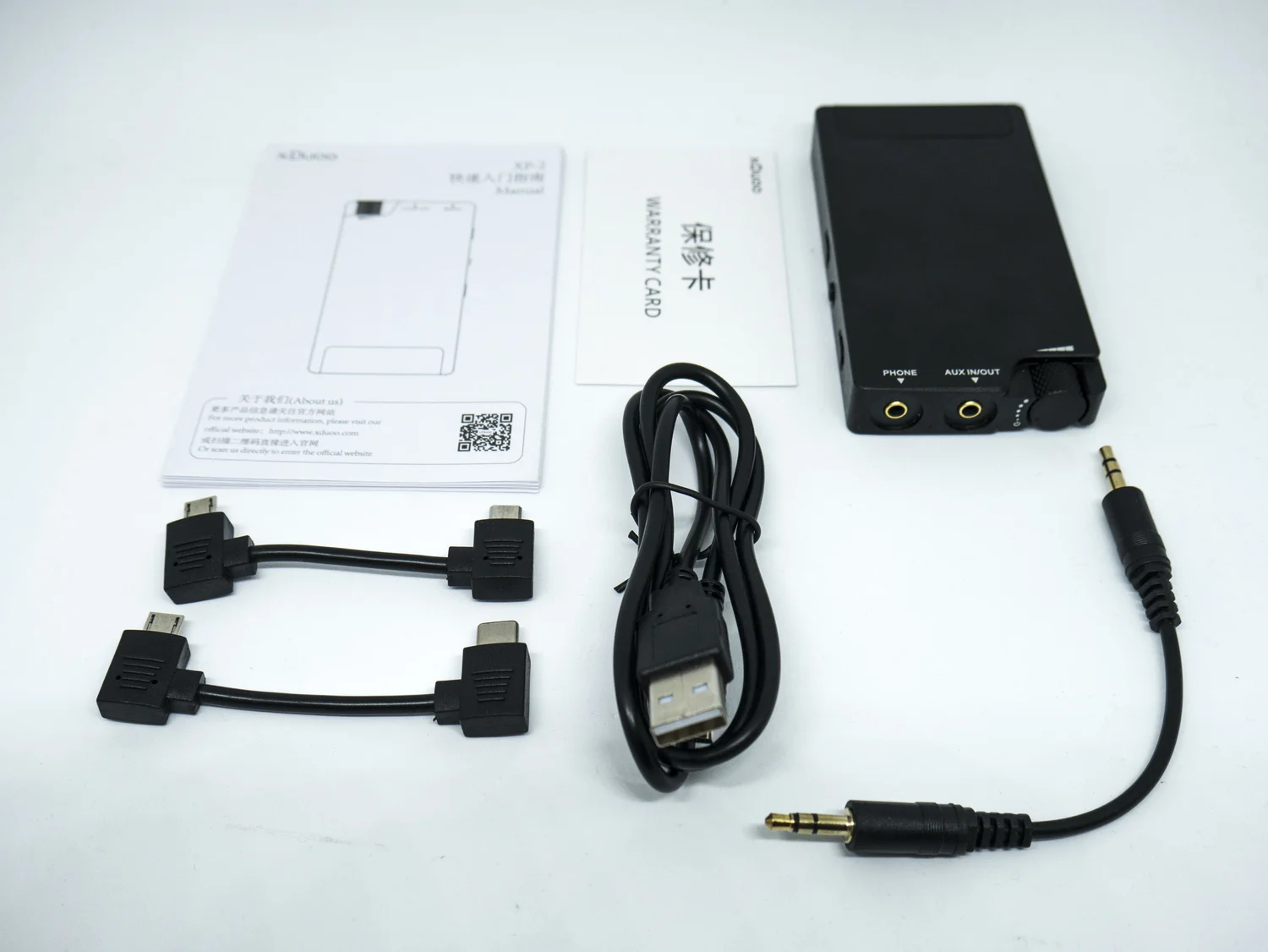
There’s not an included cable to connect in a wired way the XP-2 to an iDevice. You have to buy the official camera adapter from Apple. I don’t own any Apple mobile devices, so my impressions will concern Android and Mac OS. With Windows, you’d need some drivers.
I just have a loan xDSD to compare as a similar product, so I’ll put them side-to-side various times.

Hardware and first impressions
The XP-2 is a budget friendly (100$) DAC/Amp with Bluetooth capabilities. It just has a single-ended 3.5mm phone output and a 3.5mm line out. The volume knob also works as power on/off and it has a fantastic tactile feedback. On the left side, there are Bluetooth link button (pretty useless because the device automatically searches for wireless devices when turned on), a gain switch (+2dB I believe) and a SELECT button to switch modes (BT, line out, USB). There are three LEDs (one on the front, two on the side), but I’m colorblind so I’ll copy some functions of them from the manual or another review because I don’t really mind colors, the device perfectly works even if you don’t know anything about the LEDs.
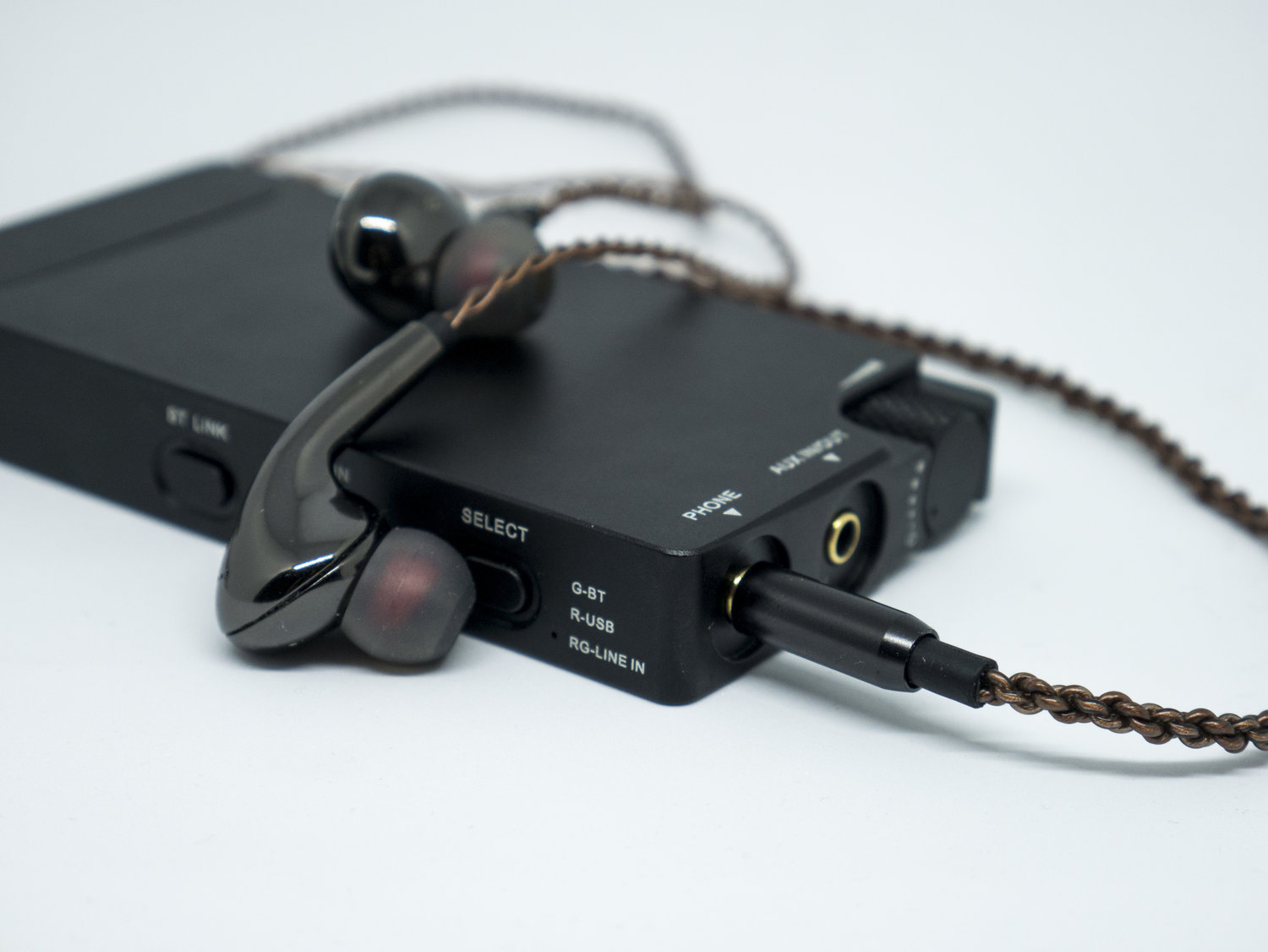
Wireless mode
Actually, I found it to be better than the xDSD while speaking about wireless signal; it may be due the updated BT version (5.0). It’s not perfect, sometimes even without any disturbs, the signal has some strange cracks. But this is rare and I didn’t have any problems of connectivity, my Mi MIX 2 and my FiiO M7 perfectly matched and worked with this device (both with Qualcomm AptX codec). This is also thanks to the intuitiveness of the XP-2 (the xDSD is not comparable, because it’s a pain to understand how to properly use it). I think the wireless mode is the best of this device. Even though it perfectly works via line out and via USB, the battery is so long-lasting and the quality is so high that even I (Bluetooth hater) did enjoy it via Bluetooth: it actually lasts 10 hours (I’ve just used low gain). An impressive result: it actually didn’t die more than two times for the exhaust battery.
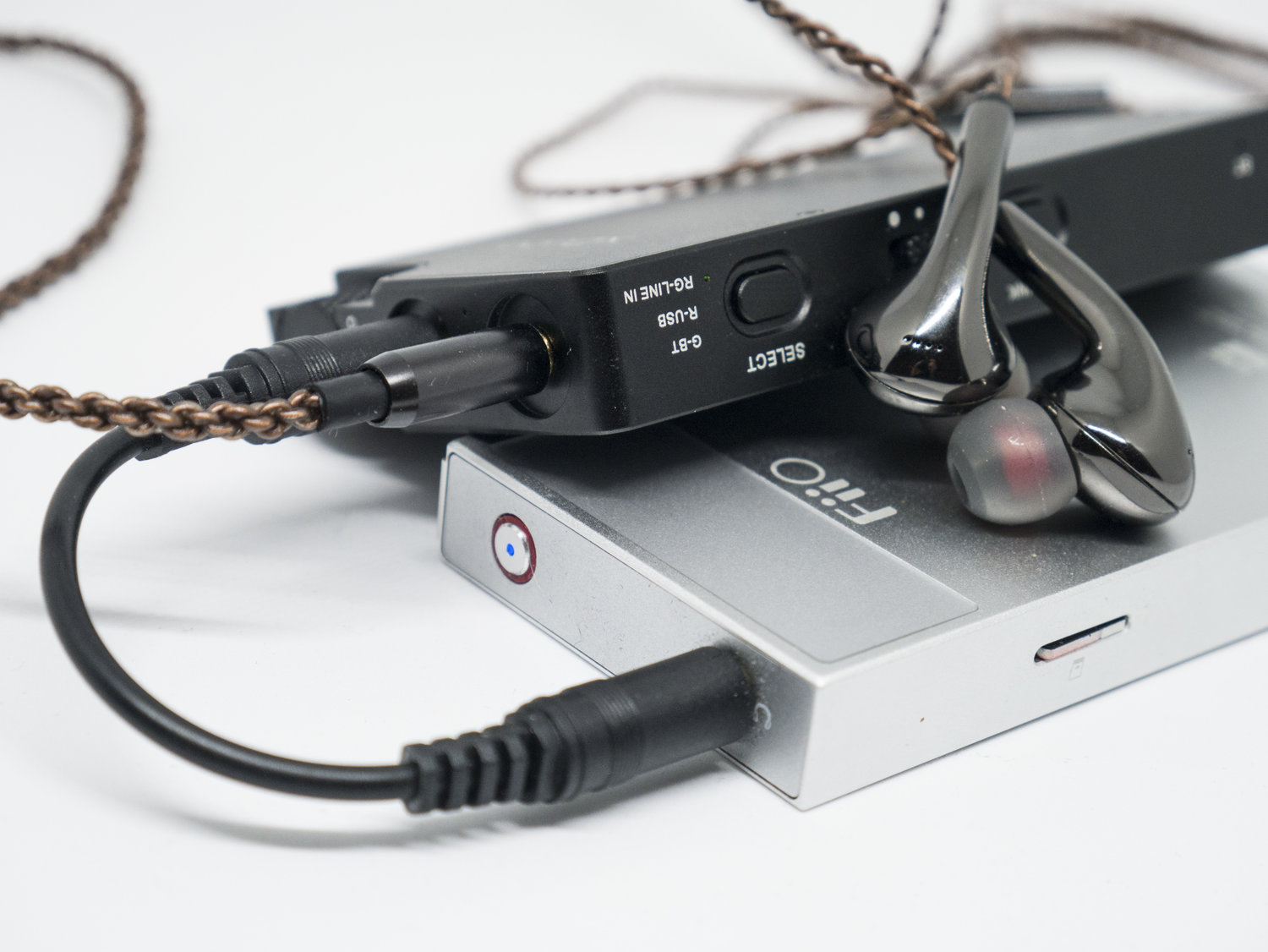
Wired mode
USB: I’ve used my MacBook Pro and my Mi MIX 2 via USB with the XP-2. Unfortunately, it’s not compatible (yet?) with the FiiO M7, so the only way to use them together is via line out. The USB mode is stable, noiseless, and you can really use the XP-2 to improve your phone’s or PC’s poor DAC. The Amp section is great too, because it provides a lot of power. I’m an IEM user mainly, I just have some On Ears which are pretty easy to drive, so I don’t really need that much power. You won’t have any problems even with hard-to-drive headphones (remember we’re talking about a budget product). I think that wired it works much better than the xDSD by iFi, which has very bad background noises with devices with grounding.
Line out: I’ve used the FiiO M7 and the Dodocool DA106. Actually, the XP-2 it’s a great stack-buddy for your DAP. And the switch between modes is easy and convenient.
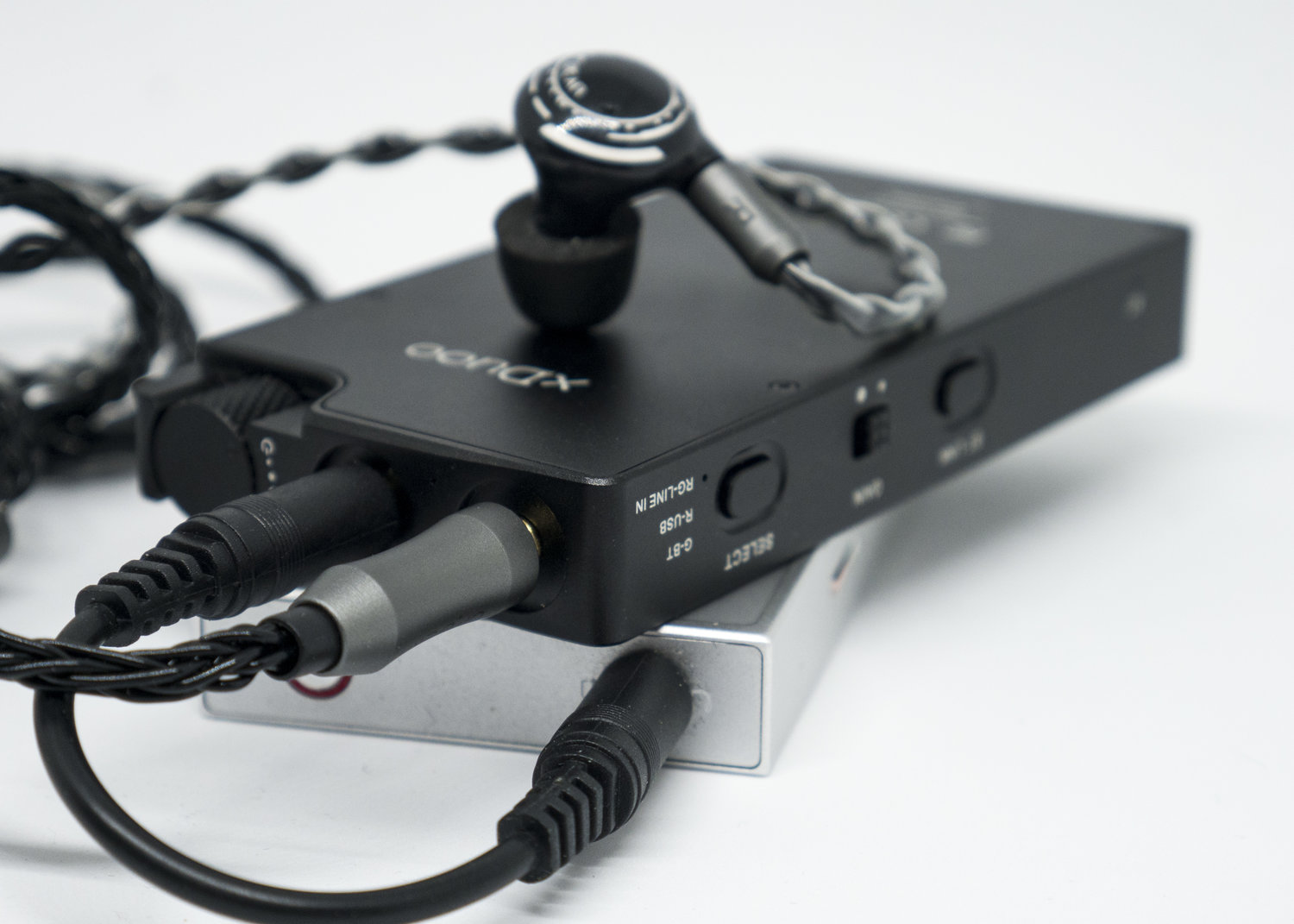
Sound
The sound signature of this device, if it’s in any way possible to judge it, is pretty reference-like. The xDSD is a lot warmer and, in my opinion, it colors the sound even too much. The XP-2 is brighter and flatter. So, I appreciate the neutrality. Something less exciting is the stage, because it doesn’t give to your IEMs any help to improve its width or its depth; the xDSD has a space virtualizer. That being said, I don’t mind any fake surround effect, so I appreciate the XP-2 in its honesty.
Some earphones/headphones I’ve paired it to: AudioSense T800, BGVP DM6, UfoEar112, FiiO FA1, PaiAudio DR2, Tri I4, KZ ZS7, 1MORE Piston, NiceHCK EP10, 1MORE MK801, Sennheiser Momentum On Ear 1st gen.
I didn’t find any bad synergy with this device. I have a Zorloo ZuperDAC-S which is terrible with some IEMs like the AudioSense T800. This one, instead, is really clean and solid in every situation. This is one of my favourite devices of all times, honestly. It doesn’t really affect the sound signature of your source, but it amps really well and the DAC is capable, quick and linear. And it doesn’t lack body at all. I’m conscious that some IEMs I have give their best when they get a bit of color; with the XP-2 I’d rather pair some earphones which don’t need this kind of treatment. So, I’d choose the Ufo112 as my favorite match, with an incredible airiness and a fantastic reproduction of every frequency. Other earphones which works well with it are the warmer ones: KZ ZS7, CCA C10, BGVP DM6. Every match has its pros; it’s honestly difficult to find some cons here, due the great engineering behind this device. I love how the sound is always very clean and doesn’t produce any background noises.
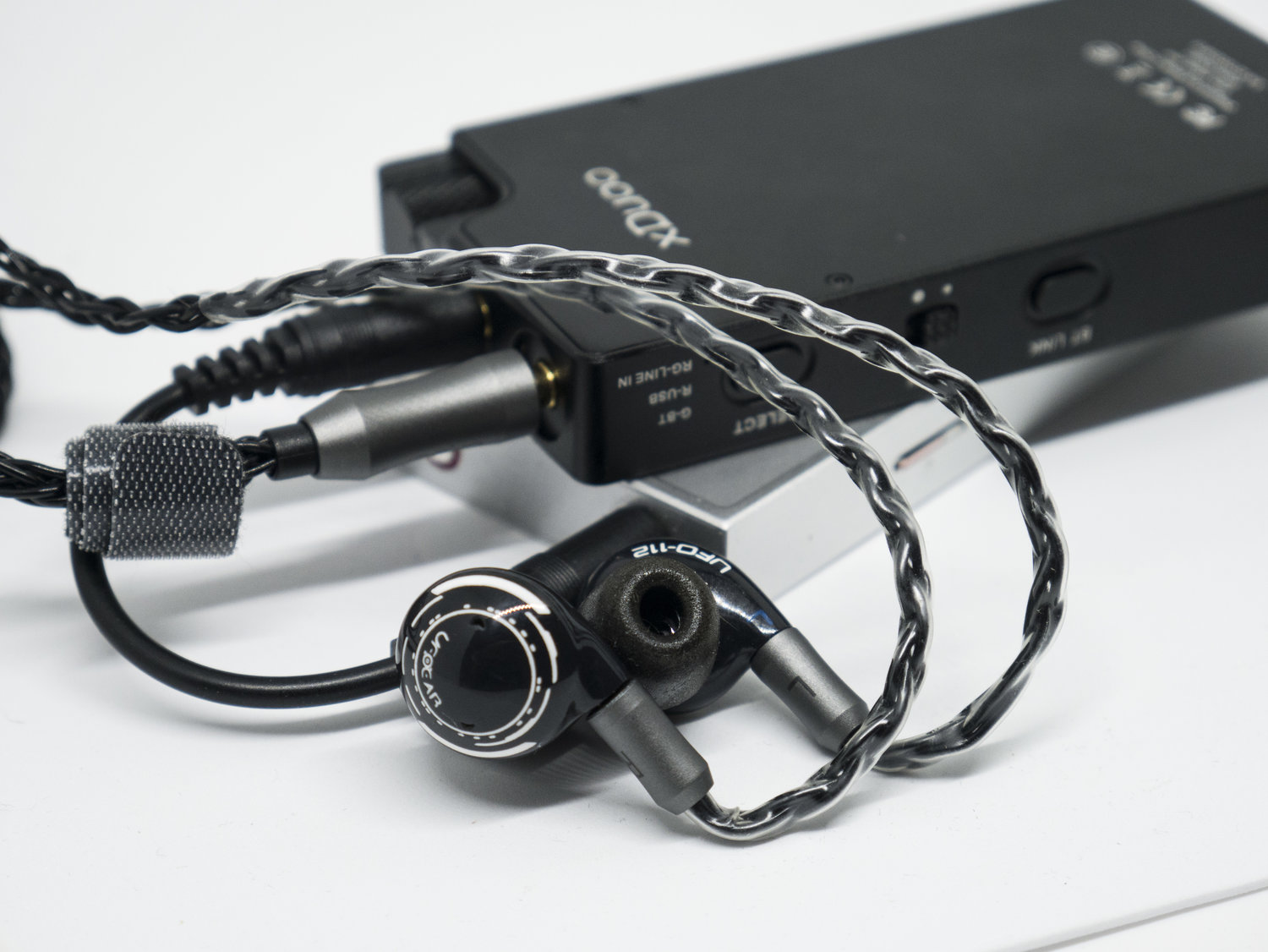
Comparisons
Zorloo ZuperDAC-S: a device which can be compared just on a wired side. The Zorloo has digital volume controls, while the XDUOO has an analog knob. Both have Micro USB to charge and connect them to some sources, both have a single-ended 3.5mm output. I actually find the ZuperDAC-S to have some problems with sound (like I’ve previously mentioned, the AudioSense T800 have some flaws, I don’t know why – maybe some phase issues) and build quality (the USB port is not centered), as well as some accessories which randomly stop working. Considering its price – just 20$ less than the XDUOO – and how many features they lack rather than the XP-2, it’s difficult for me to recommend it; but I have to admit the dimensions are really different, and if you need something small, you can get the Zorloo – but my suggestion is another one, in that case: get the Audirect Beam.
iFi xDSD: I can’t deny this is a great sounding device. But it adds some color. It’s a warm device, with improvements for bass and surround effects. It’s very easy for me to say: if the XP-2 is worth 100$ (and it is), the xDSD is absolutely not worth 300. The XP-2 is much more intuitive, its features are exactly the same – except from SPDIF presence – and for an IEM user it has far more power than necessary (we’ll see with the Tin HiFi P1). If you need more power and you like your life to be difficult, the xDSD could be good for you. Oh, I forgot to mention the absurd background noise of the xDSD when connected to a PC, which I absolutely didn’t get with the XP-2. Be wise.
FiiO M7: strange enough? Nope. The M7 can be used as a Bluetooth receiver (up to LDAC) and as a portable DAC. As a BT receiver, it has some flaws – LDAC works just sometimes, SBC is better, AptX works pretty well. On a wired side, they are comparable when it comes to user experience, but the volume control of the XP-2 is much superior and the sound quality and the amp side are better too. If you just need a single 360° device, you can get the FiiO DAP – maybe a wiser choice is the M6, nowadays – while if you need a more specific device which works better on those sides, go for the XP-2: it’s a worthy machine.
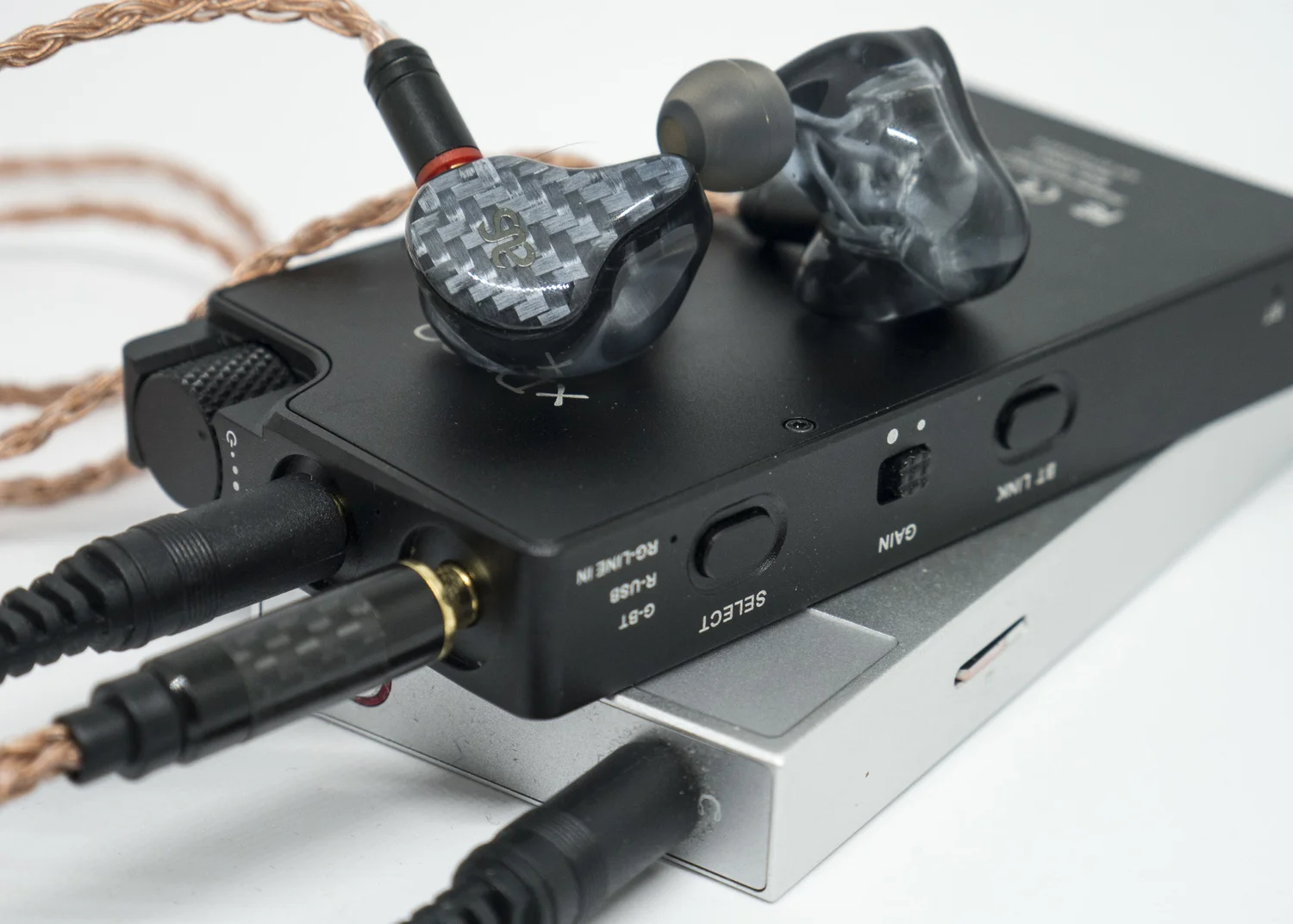
Conclusions
I recommend this device. Really easy. This is one of the better products I’ve ever tried. It’s totally worth its price, its performances are great, the battery is long-lasting, the materials are good and the build quality is high. To me, it can compete with higher-priced devices. This is actually my top recommendation for a versatile product which works as a DAC, as an amp or as a Bluetooth receiver.
Where to buy: https://www.xtenik.com/product/xduoo-xp-2/
Specifications (from Xtenik):
- DAC: AKM AK4452
- Bluetooth version: Bluetooth 5.0, support AAC, SBC, aptX
- Output power: 245mW @ 32 Ohm
- Recommended output impedance: 16 - 300 Ohm
- Supported sampling rate: 24bit 192kHz
- THD+N: 0.008% @ 1kHz
- Adjustable gain: +3dB / +9dB
- Frequency response: 10Hz - 100kHz (+/-0.5dB)
- Battery capacity: 3.7V 1800mAh
- Battery life: AUX IN: ≥15H Bluetooth input: ≥12H USB IN: ≥8H
- USB receiver: Support Android mobile phone with OTG function and 192kHz/24bit lossless transmission at most, computer USB input, support with XP, Win7, Win8, Win10 (it is necessary to install driver), MAC system.
- Weight: 115g




Thanks to Xtenik (official XDUOO distributor) for providing this review sample.
This same review can be found here: https://www.techinblack.it/audio1/2019/9/7/xduoo-xp-2-review
Unboxing
A white box contains a cardboard black one, with all the stuff inside:
- charging/data cable (USB type A to micro-USB);
- micro-USB to micro-USB cable;
- micro-USB to USB type C cable;
- jack to jack (both 3.5mm) cable;
- instruction manual;
- warranty card;
- soft separator (to make stacks).

There’s not an included cable to connect in a wired way the XP-2 to an iDevice. You have to buy the official camera adapter from Apple. I don’t own any Apple mobile devices, so my impressions will concern Android and Mac OS. With Windows, you’d need some drivers.
I just have a loan xDSD to compare as a similar product, so I’ll put them side-to-side various times.

Hardware and first impressions
The XP-2 is a budget friendly (100$) DAC/Amp with Bluetooth capabilities. It just has a single-ended 3.5mm phone output and a 3.5mm line out. The volume knob also works as power on/off and it has a fantastic tactile feedback. On the left side, there are Bluetooth link button (pretty useless because the device automatically searches for wireless devices when turned on), a gain switch (+2dB I believe) and a SELECT button to switch modes (BT, line out, USB). There are three LEDs (one on the front, two on the side), but I’m colorblind so I’ll copy some functions of them from the manual or another review because I don’t really mind colors, the device perfectly works even if you don’t know anything about the LEDs.
- Green: Bluetooth;
- Red: USB;
- Both: Aux.

Wireless mode
Actually, I found it to be better than the xDSD while speaking about wireless signal; it may be due the updated BT version (5.0). It’s not perfect, sometimes even without any disturbs, the signal has some strange cracks. But this is rare and I didn’t have any problems of connectivity, my Mi MIX 2 and my FiiO M7 perfectly matched and worked with this device (both with Qualcomm AptX codec). This is also thanks to the intuitiveness of the XP-2 (the xDSD is not comparable, because it’s a pain to understand how to properly use it). I think the wireless mode is the best of this device. Even though it perfectly works via line out and via USB, the battery is so long-lasting and the quality is so high that even I (Bluetooth hater) did enjoy it via Bluetooth: it actually lasts 10 hours (I’ve just used low gain). An impressive result: it actually didn’t die more than two times for the exhaust battery.

Wired mode
USB: I’ve used my MacBook Pro and my Mi MIX 2 via USB with the XP-2. Unfortunately, it’s not compatible (yet?) with the FiiO M7, so the only way to use them together is via line out. The USB mode is stable, noiseless, and you can really use the XP-2 to improve your phone’s or PC’s poor DAC. The Amp section is great too, because it provides a lot of power. I’m an IEM user mainly, I just have some On Ears which are pretty easy to drive, so I don’t really need that much power. You won’t have any problems even with hard-to-drive headphones (remember we’re talking about a budget product). I think that wired it works much better than the xDSD by iFi, which has very bad background noises with devices with grounding.
Line out: I’ve used the FiiO M7 and the Dodocool DA106. Actually, the XP-2 it’s a great stack-buddy for your DAP. And the switch between modes is easy and convenient.

Sound
The sound signature of this device, if it’s in any way possible to judge it, is pretty reference-like. The xDSD is a lot warmer and, in my opinion, it colors the sound even too much. The XP-2 is brighter and flatter. So, I appreciate the neutrality. Something less exciting is the stage, because it doesn’t give to your IEMs any help to improve its width or its depth; the xDSD has a space virtualizer. That being said, I don’t mind any fake surround effect, so I appreciate the XP-2 in its honesty.
Some earphones/headphones I’ve paired it to: AudioSense T800, BGVP DM6, UfoEar112, FiiO FA1, PaiAudio DR2, Tri I4, KZ ZS7, 1MORE Piston, NiceHCK EP10, 1MORE MK801, Sennheiser Momentum On Ear 1st gen.
I didn’t find any bad synergy with this device. I have a Zorloo ZuperDAC-S which is terrible with some IEMs like the AudioSense T800. This one, instead, is really clean and solid in every situation. This is one of my favourite devices of all times, honestly. It doesn’t really affect the sound signature of your source, but it amps really well and the DAC is capable, quick and linear. And it doesn’t lack body at all. I’m conscious that some IEMs I have give their best when they get a bit of color; with the XP-2 I’d rather pair some earphones which don’t need this kind of treatment. So, I’d choose the Ufo112 as my favorite match, with an incredible airiness and a fantastic reproduction of every frequency. Other earphones which works well with it are the warmer ones: KZ ZS7, CCA C10, BGVP DM6. Every match has its pros; it’s honestly difficult to find some cons here, due the great engineering behind this device. I love how the sound is always very clean and doesn’t produce any background noises.

Comparisons
Zorloo ZuperDAC-S: a device which can be compared just on a wired side. The Zorloo has digital volume controls, while the XDUOO has an analog knob. Both have Micro USB to charge and connect them to some sources, both have a single-ended 3.5mm output. I actually find the ZuperDAC-S to have some problems with sound (like I’ve previously mentioned, the AudioSense T800 have some flaws, I don’t know why – maybe some phase issues) and build quality (the USB port is not centered), as well as some accessories which randomly stop working. Considering its price – just 20$ less than the XDUOO – and how many features they lack rather than the XP-2, it’s difficult for me to recommend it; but I have to admit the dimensions are really different, and if you need something small, you can get the Zorloo – but my suggestion is another one, in that case: get the Audirect Beam.
iFi xDSD: I can’t deny this is a great sounding device. But it adds some color. It’s a warm device, with improvements for bass and surround effects. It’s very easy for me to say: if the XP-2 is worth 100$ (and it is), the xDSD is absolutely not worth 300. The XP-2 is much more intuitive, its features are exactly the same – except from SPDIF presence – and for an IEM user it has far more power than necessary (we’ll see with the Tin HiFi P1). If you need more power and you like your life to be difficult, the xDSD could be good for you. Oh, I forgot to mention the absurd background noise of the xDSD when connected to a PC, which I absolutely didn’t get with the XP-2. Be wise.
FiiO M7: strange enough? Nope. The M7 can be used as a Bluetooth receiver (up to LDAC) and as a portable DAC. As a BT receiver, it has some flaws – LDAC works just sometimes, SBC is better, AptX works pretty well. On a wired side, they are comparable when it comes to user experience, but the volume control of the XP-2 is much superior and the sound quality and the amp side are better too. If you just need a single 360° device, you can get the FiiO DAP – maybe a wiser choice is the M6, nowadays – while if you need a more specific device which works better on those sides, go for the XP-2: it’s a worthy machine.

Conclusions
I recommend this device. Really easy. This is one of the better products I’ve ever tried. It’s totally worth its price, its performances are great, the battery is long-lasting, the materials are good and the build quality is high. To me, it can compete with higher-priced devices. This is actually my top recommendation for a versatile product which works as a DAC, as an amp or as a Bluetooth receiver.




